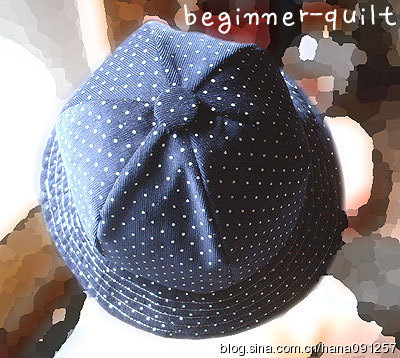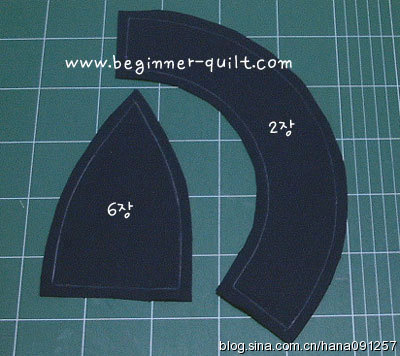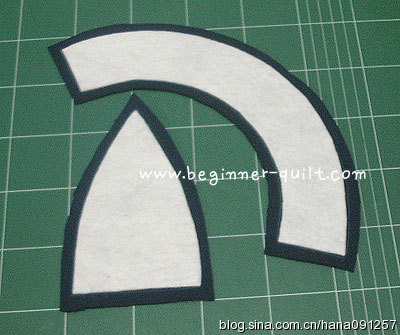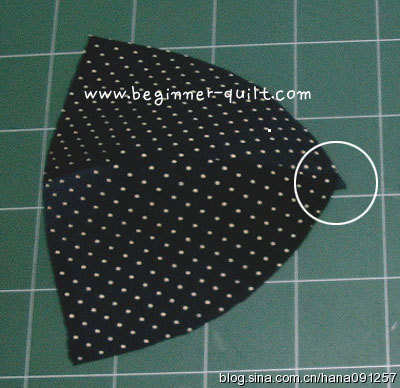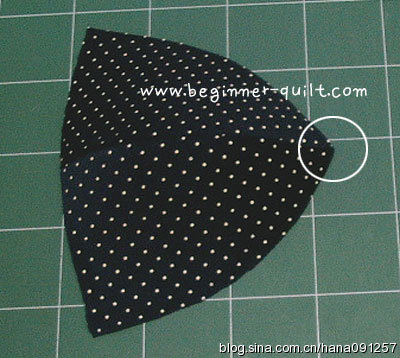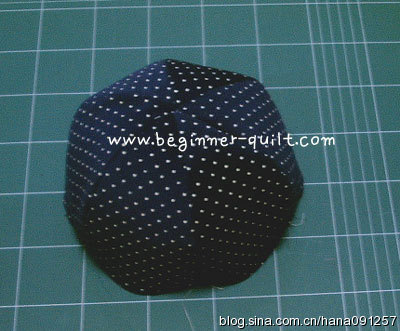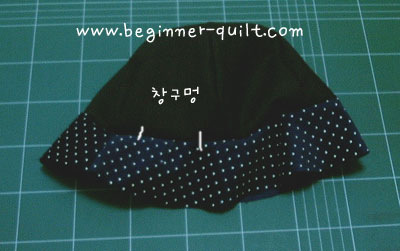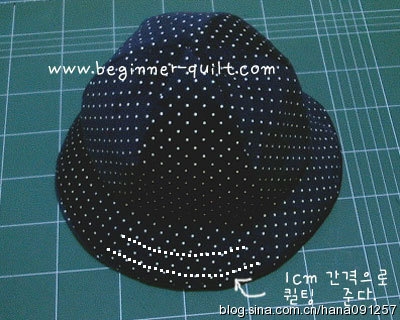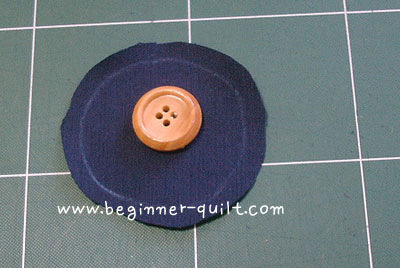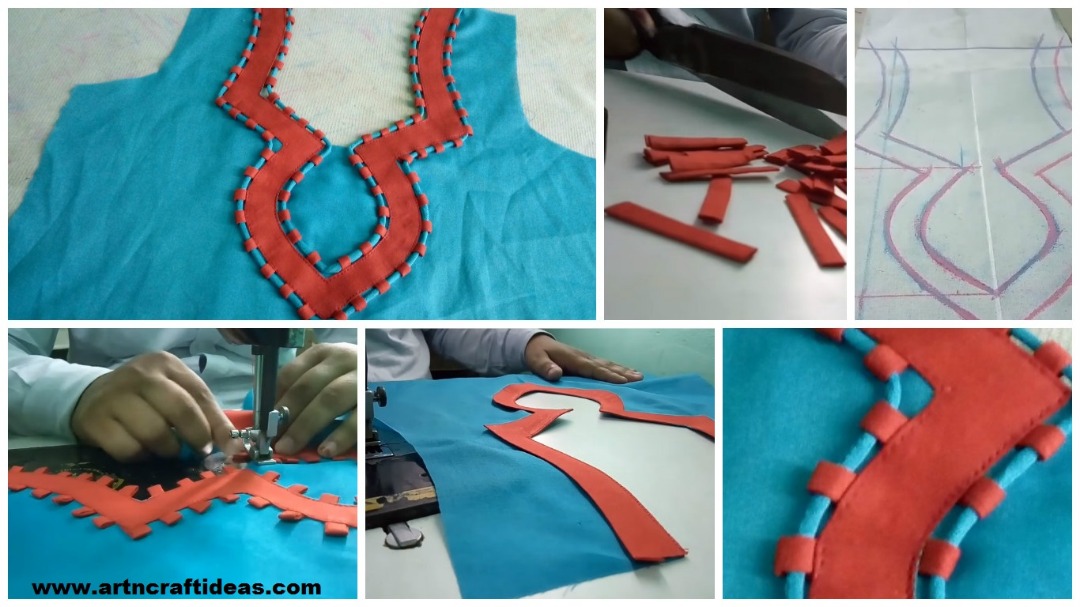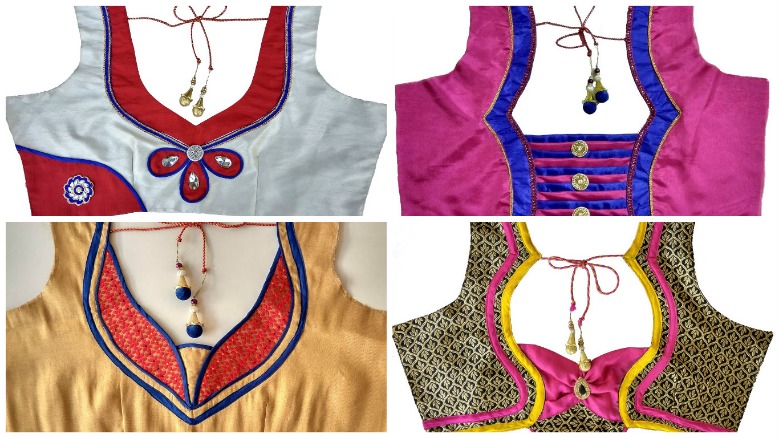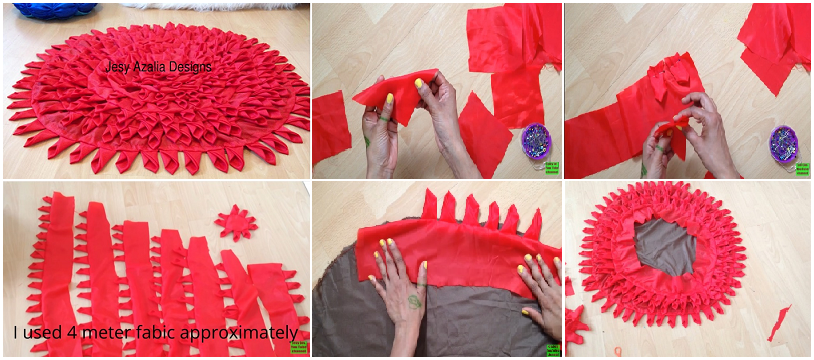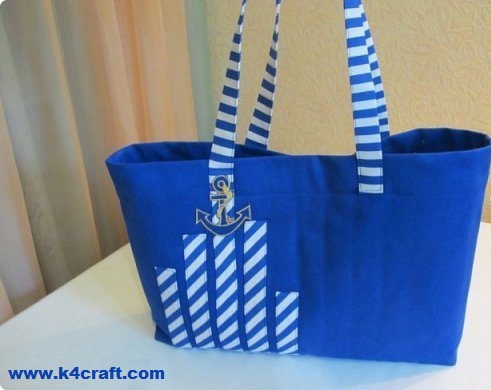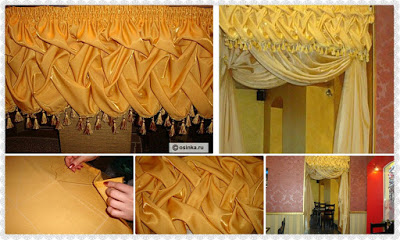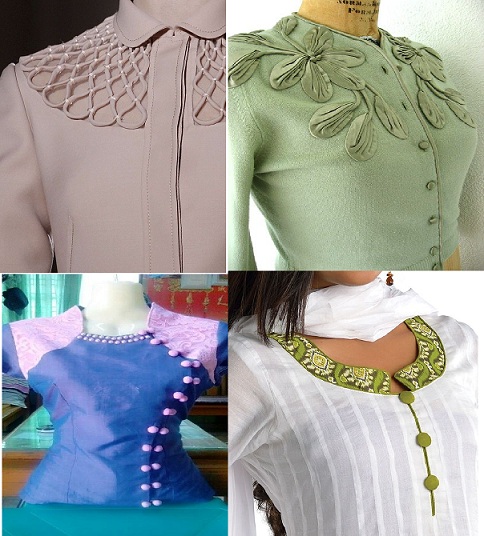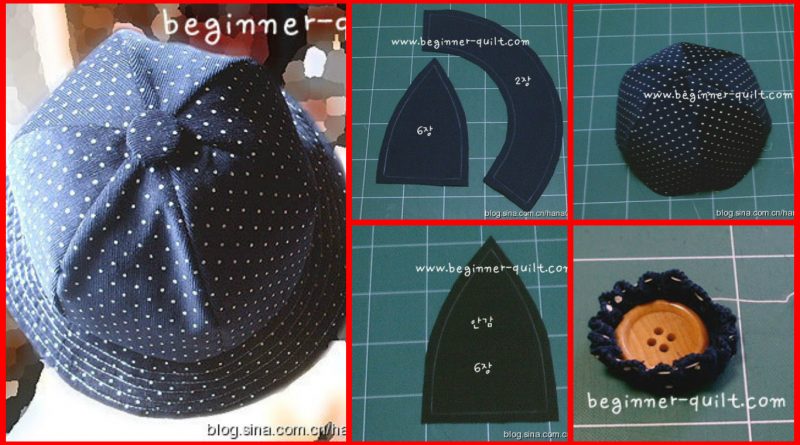This is a unique neck design this neck design can use in kurti,suit and ladies kameez.
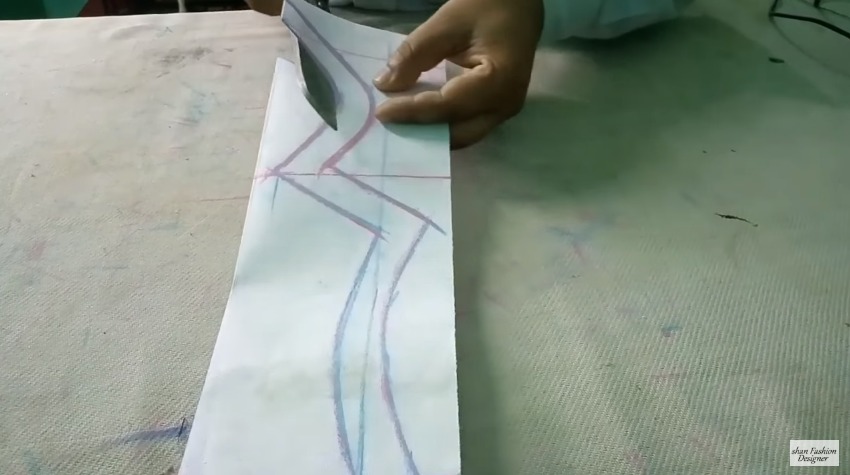





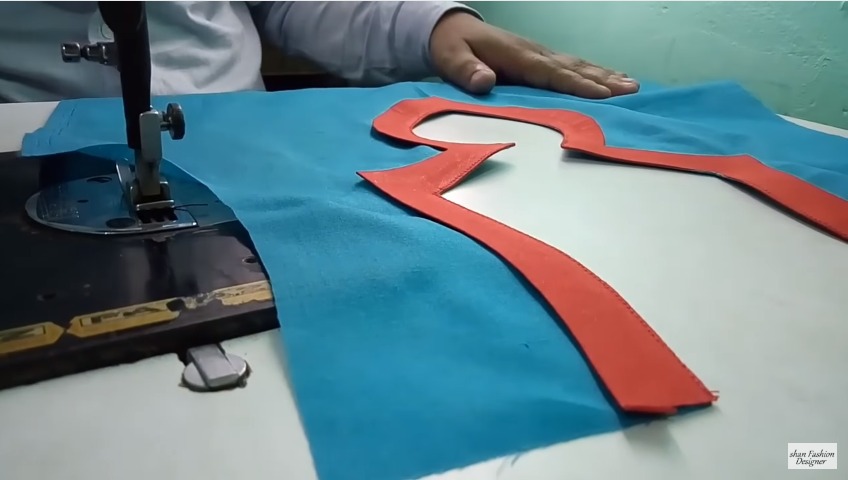
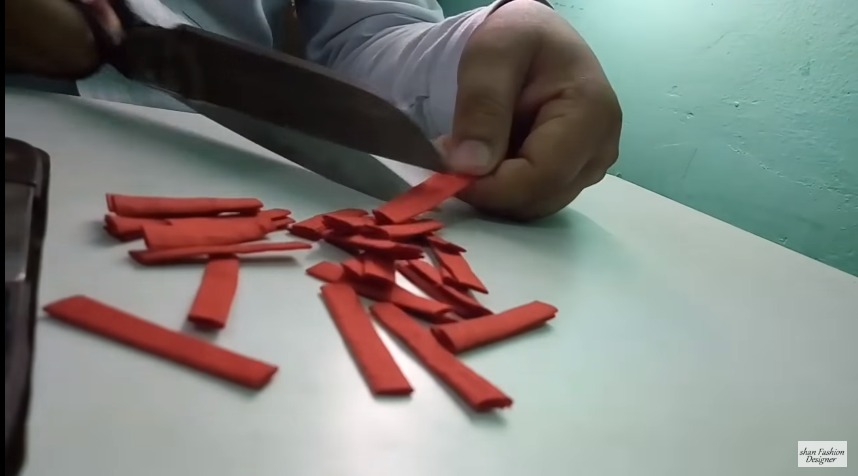
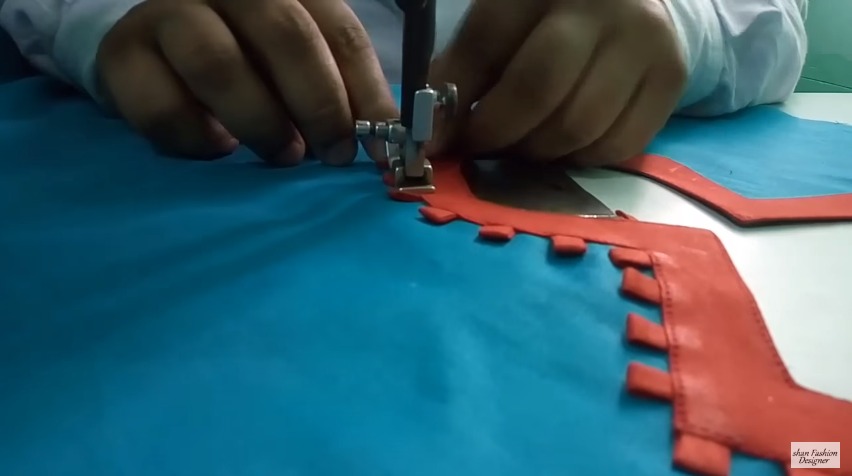
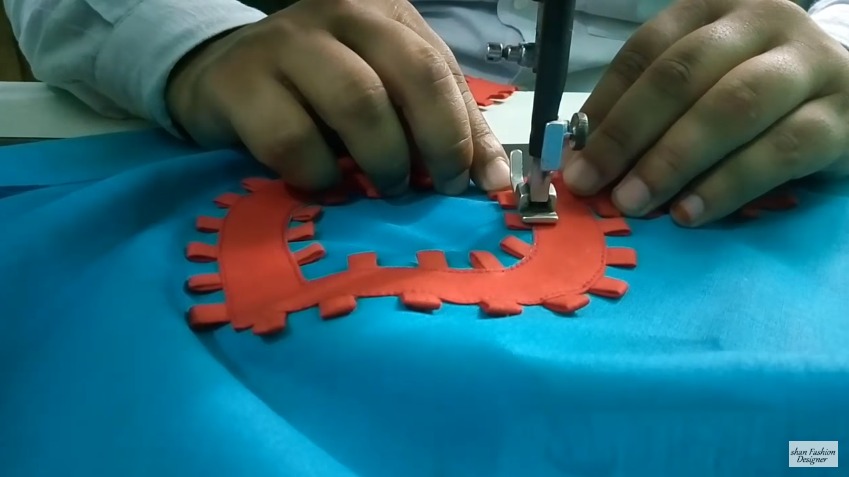
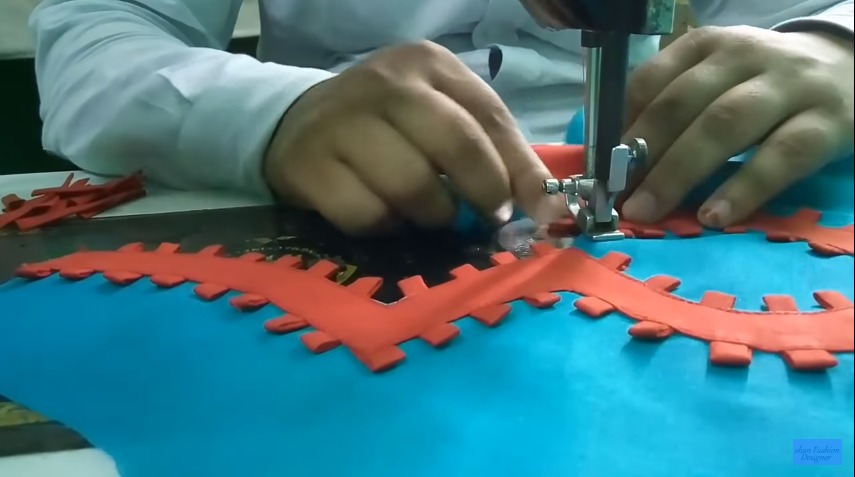

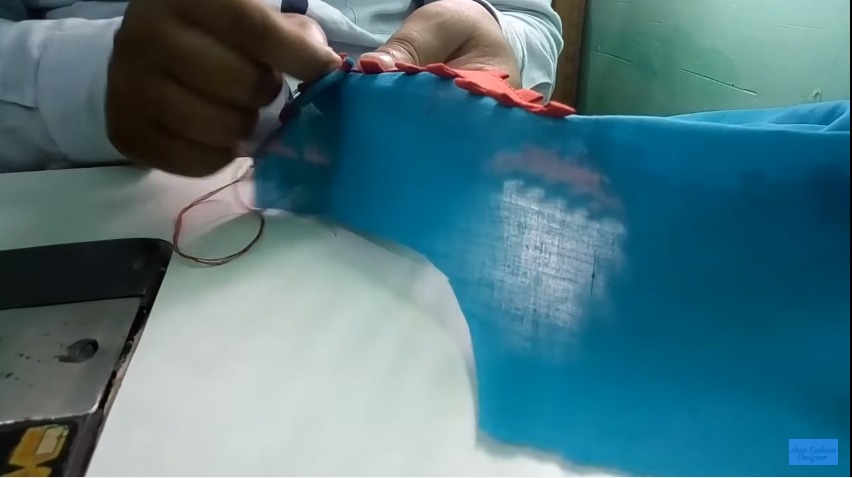
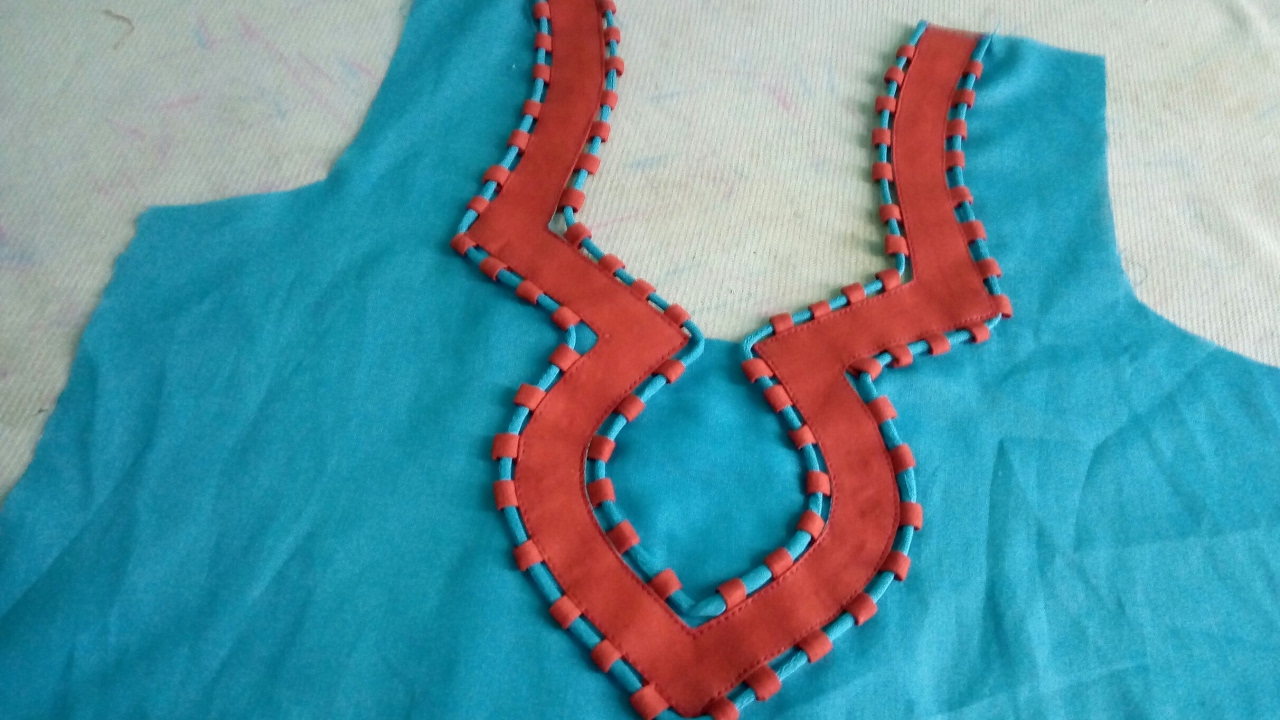
How to make designer back neck blouse
Indian bride looks stunning with very beautiful designer blouse made by our well known fashion designers. If you don’t find the unique and different design of blouse by your own, there are ways through which you can create beautiful blouse without breaking your brain.
Blouse designs accentuate the looks of the wearer. For a classy and sophisticated look, try these amazing blouse designs which can win you many appreciations. Just keep in mind if you are planning on a wearing a transparent saree, it’s best to avoid front hooks or pins, since it will make your overall look very clumsy. The current trend for blouse designs is net blouses with sweetheart necklines. Any simple looking saree can look wonderful with designer blouse designs which can make you look gorgeous. Every woman is different and it’s difficult to come up with a unique fitting, so tailor made blouses is the ultimate choice. A blouse should be like your second skin, it shouldn’t be too tight nor too loose and the right fitting makes a woman very confident.
From this videos, you can learn how to make this designer blouse in simple and easy method
Bridal Designer Blouse Made Easy Cutting And Stitching:
Designer Bridal Back Neck Blouse Pattern: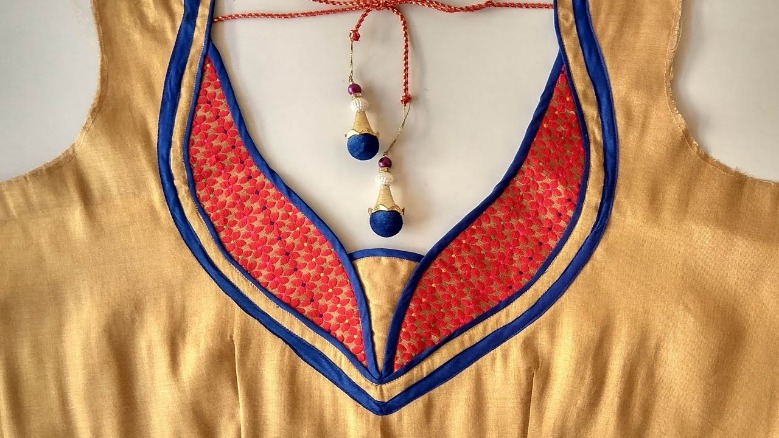
Designer Back Neck Blouse Pattern:
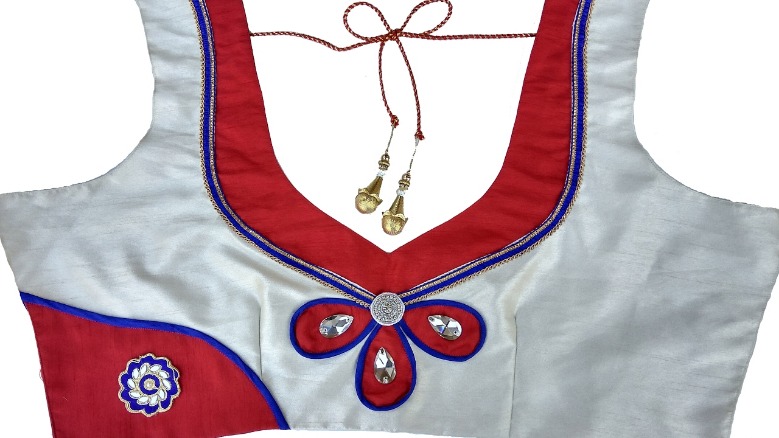
Designer Bridal Blouse Back Neck Pattern:
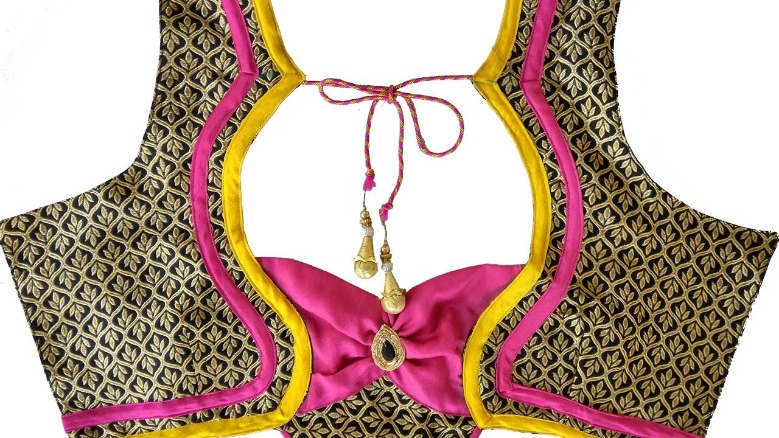
Blouse Back Neck Designs:

DIY Floor mat using old cloth
Floor mat using old cloth. DIY flower shaped rug from recycled fabric.
Video to share an idea to transform old fabric materials to a beautiful flower shaped floor rug.The square shaped pieces are 12cm/12cm.The long strips are 12cm in height and length can be any size which can be cut and arrange later. The circle shaped thick fabric can be any size according to the availability of total fabric you got. My rug size is 80cm in diameter.How to make mat at home with waste clothes. 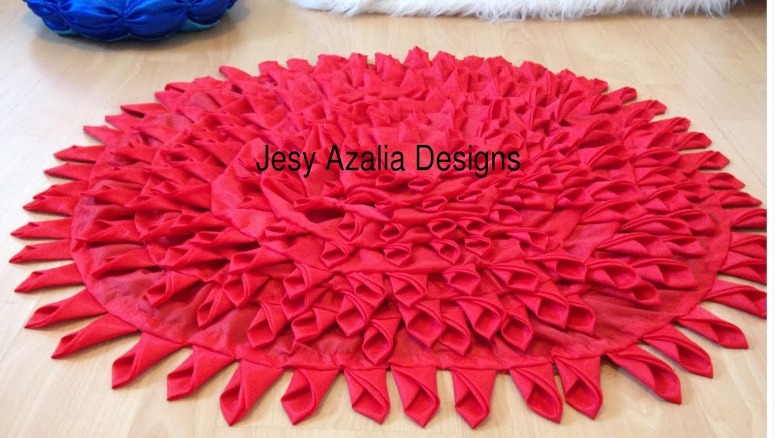
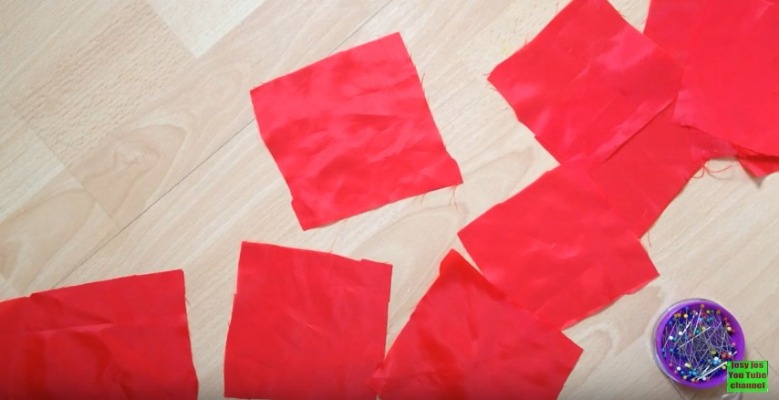

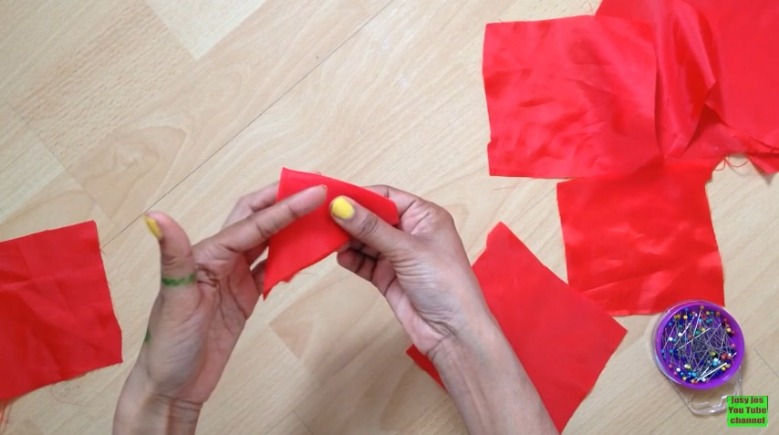

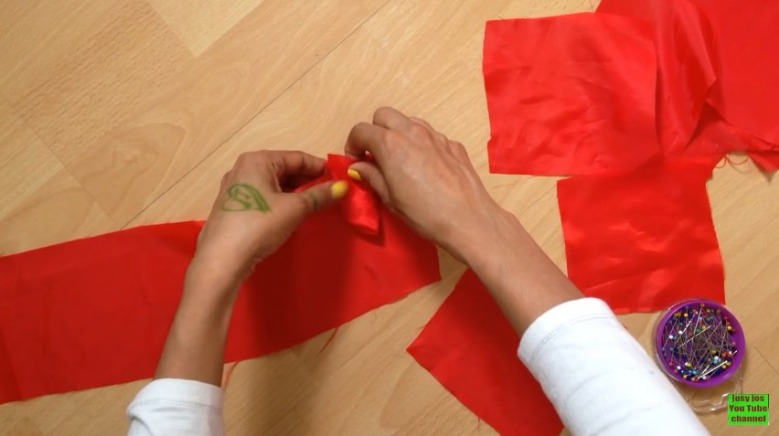


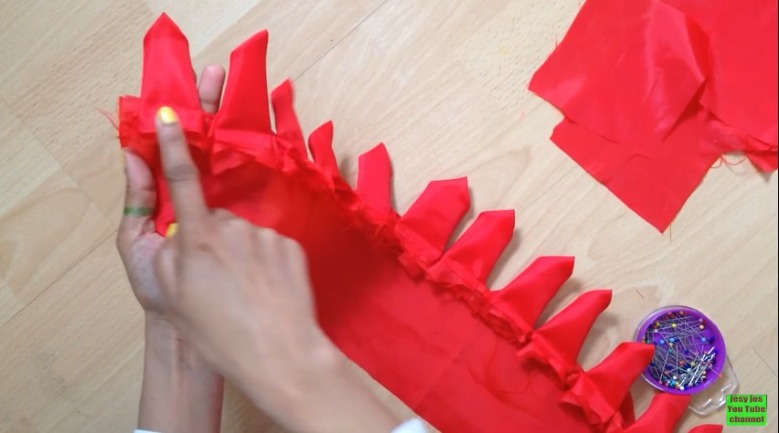
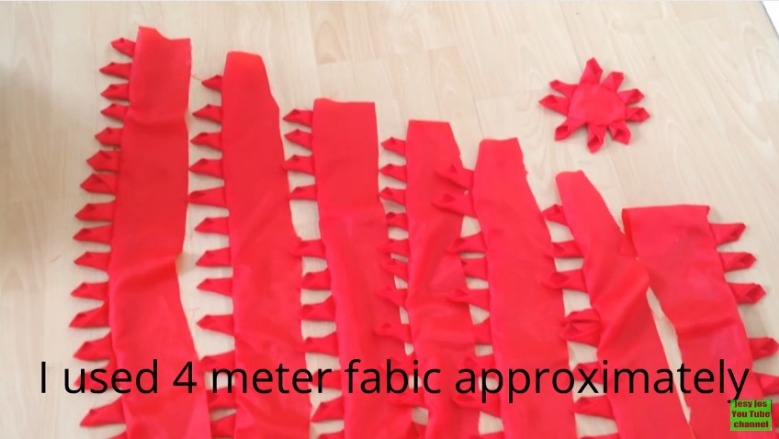

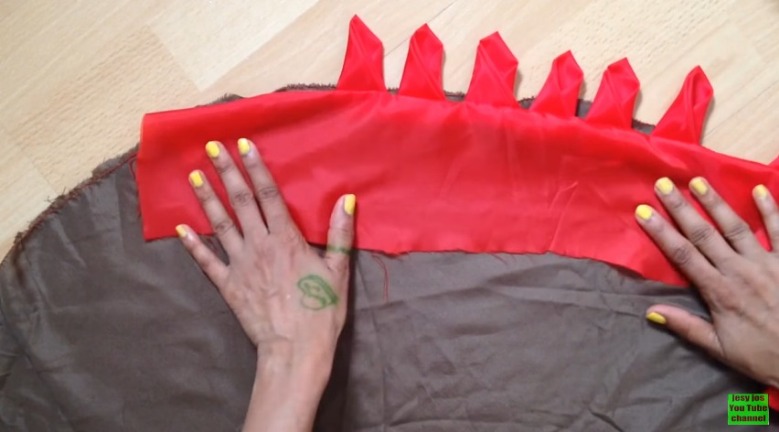

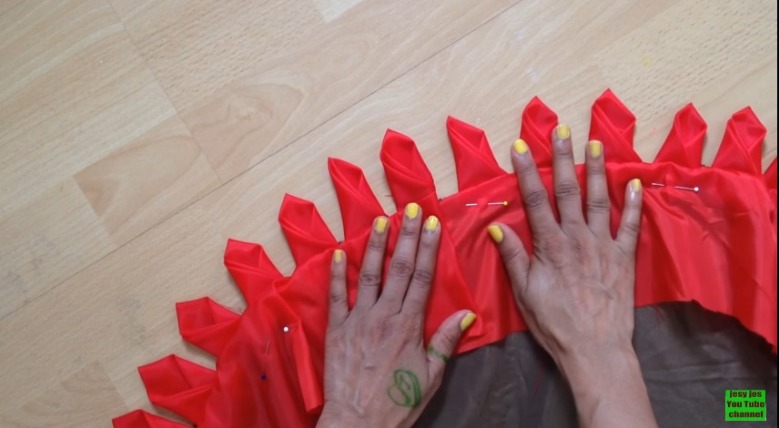
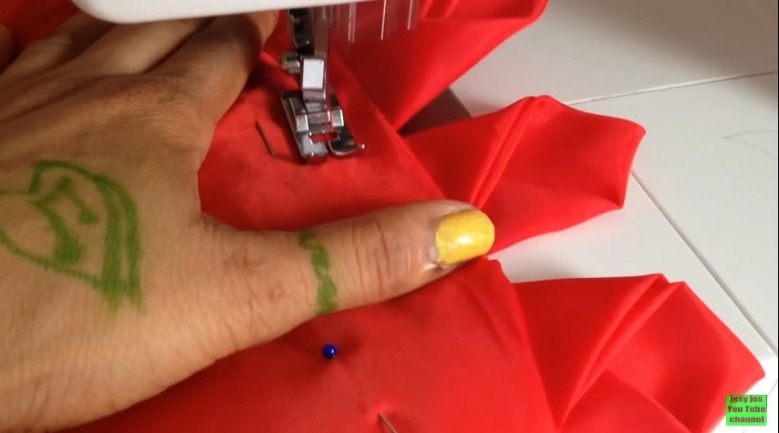
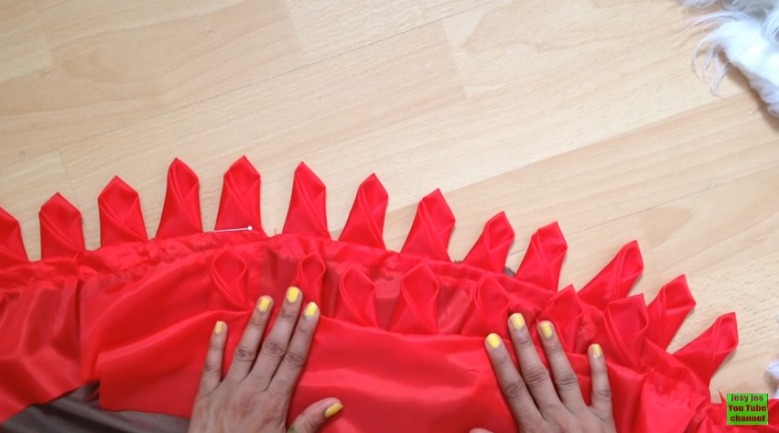
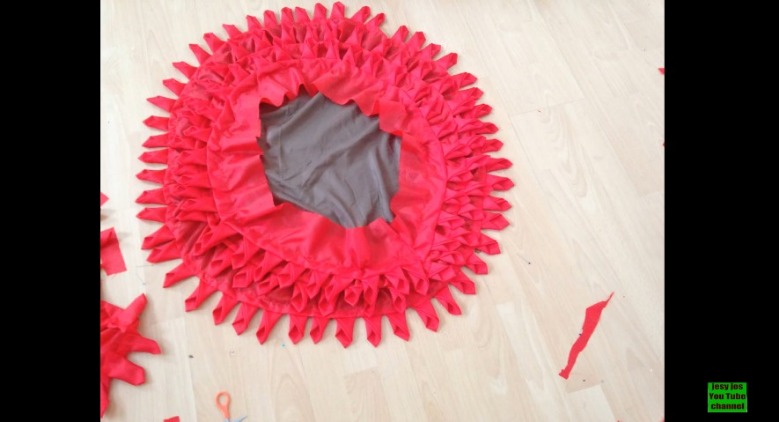

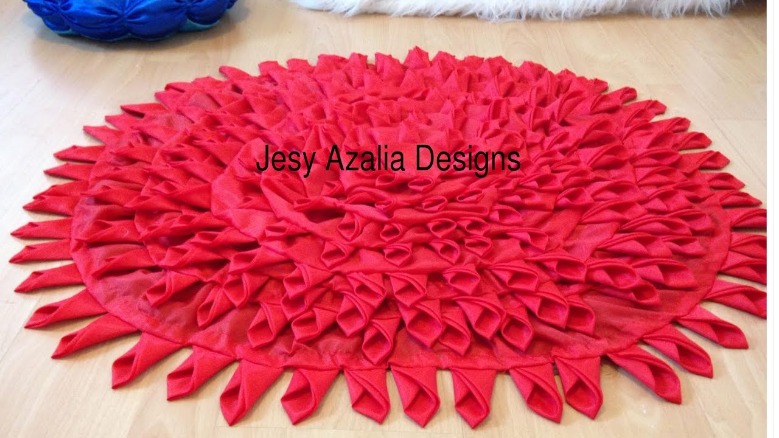
Different Types Of Kurti Designs For Stitching
Kurti has become the women and girls most favourite style statement to look stylish with the charming traditional look. These classy yet trendy kurtas are so comfortable that you can wear them round the clock. The best part is that you can easily modify and customise Kurtis for different looks. Available in different styles and patterns, kurta is first to picked of college going girls, working women, social women as well as of housewives for any occasion. Fashion designers are trying to keep pace with the growing popularity of kurtas and find endless options to design kurtas according to the latest trends. As a result, wearer gets ample choices, from ethnic to indo-western style with different patterns, cuts, and designs. Some popular types of Kurtis are mentioned here; just have a look and you will get smart ways to look best in all avatars.
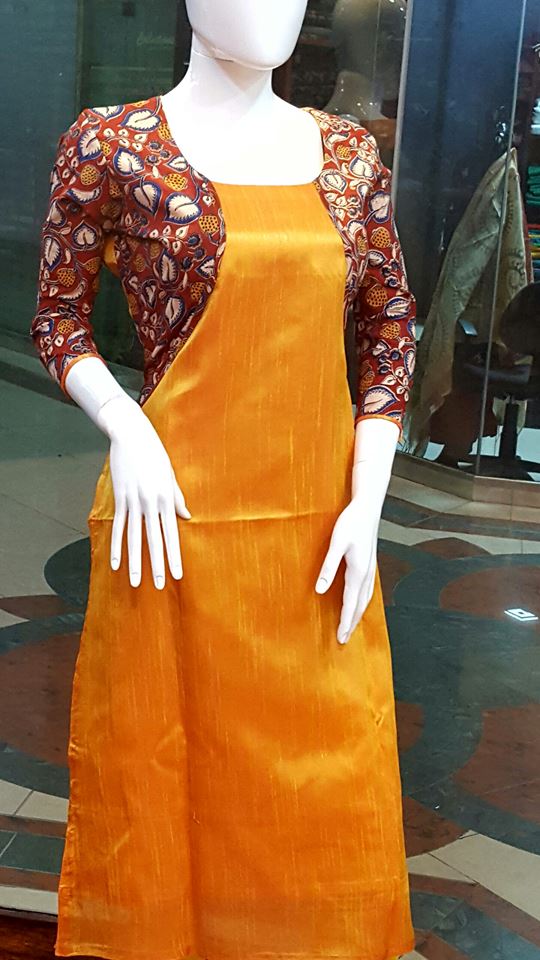
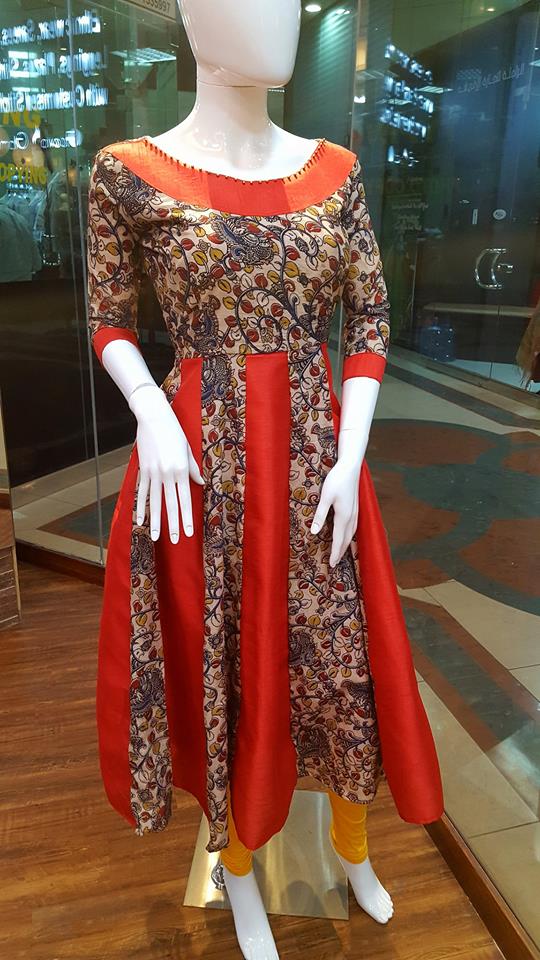
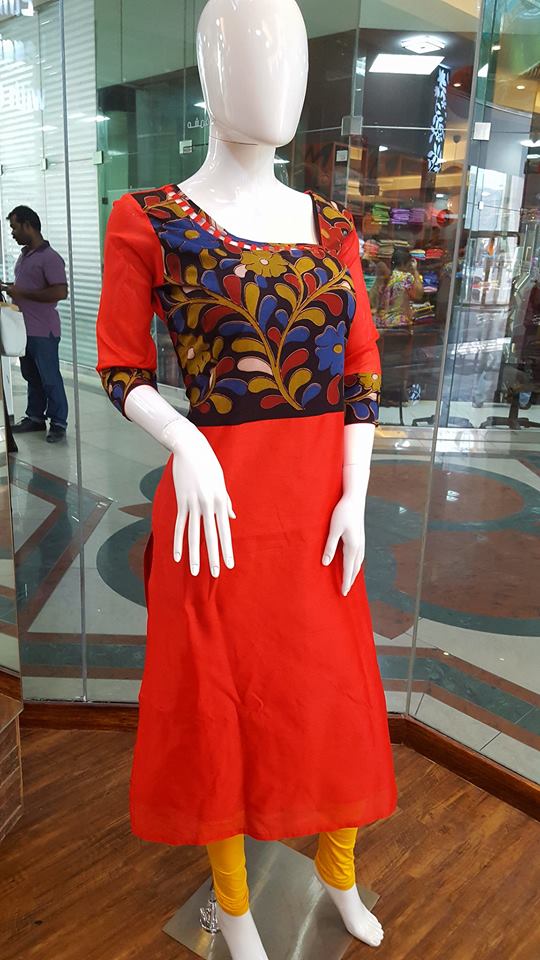
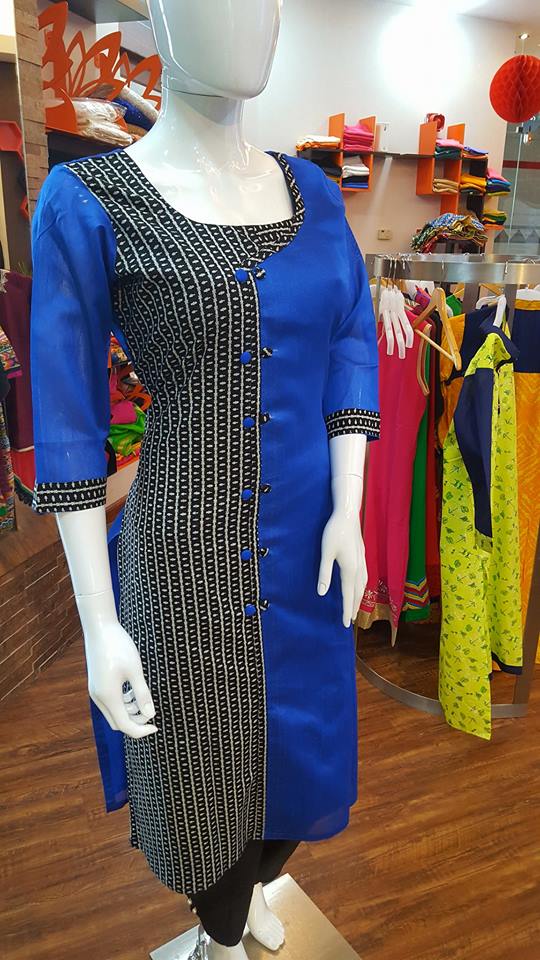

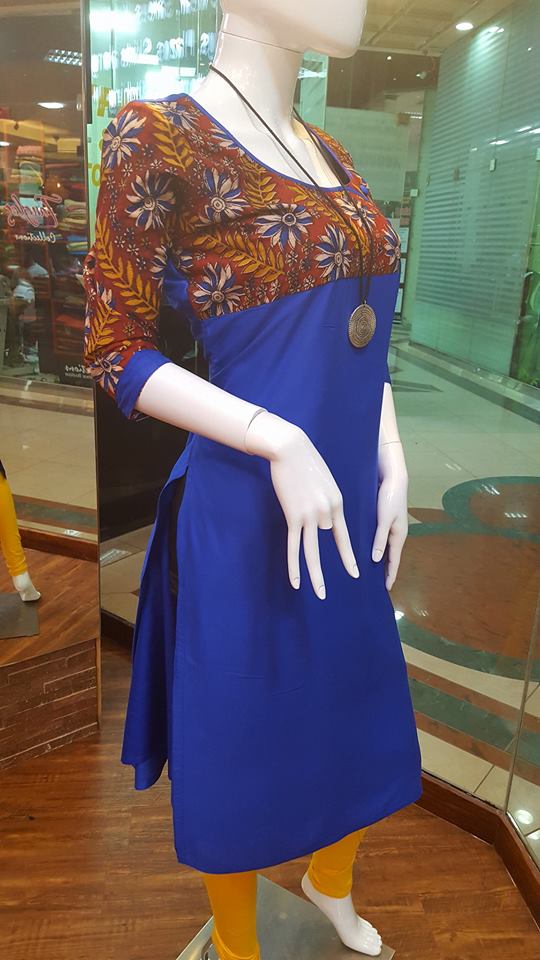
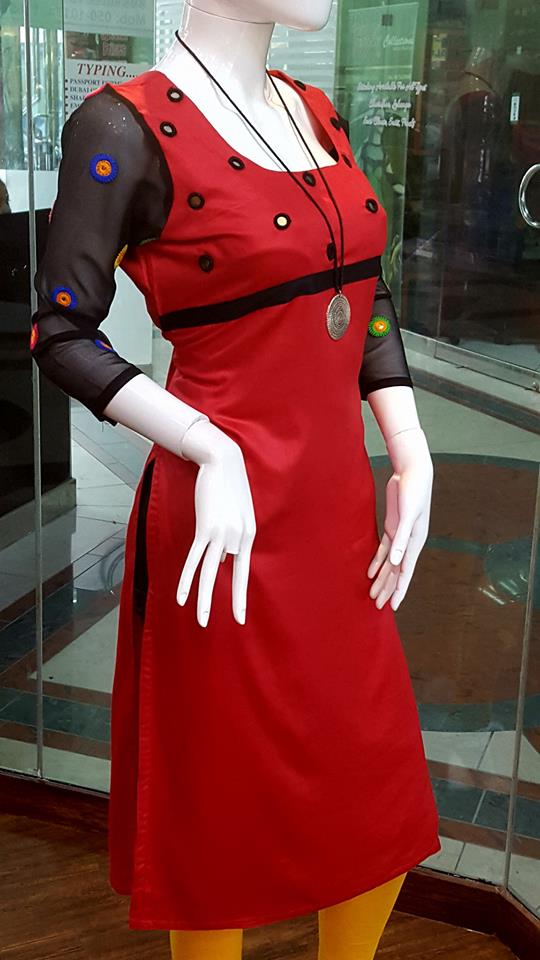
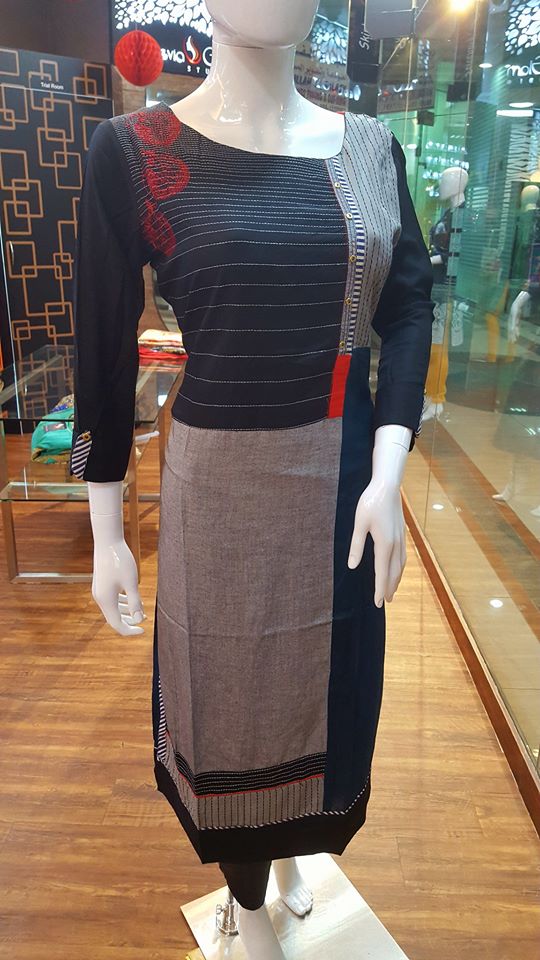
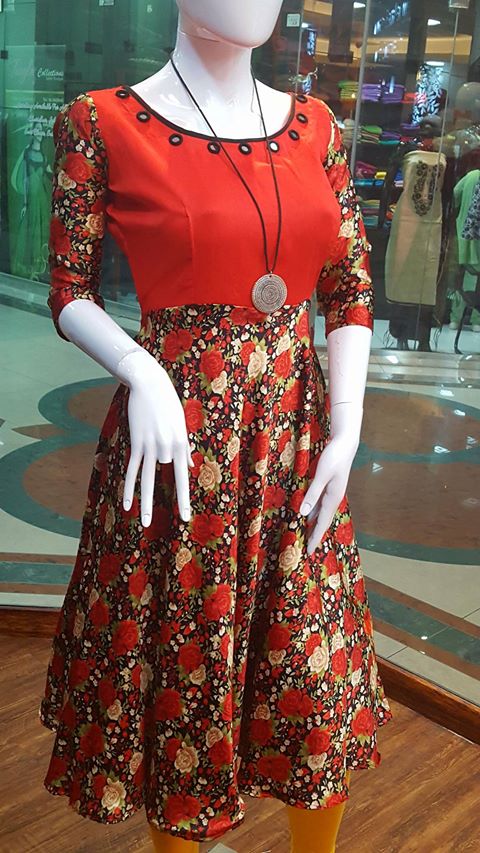


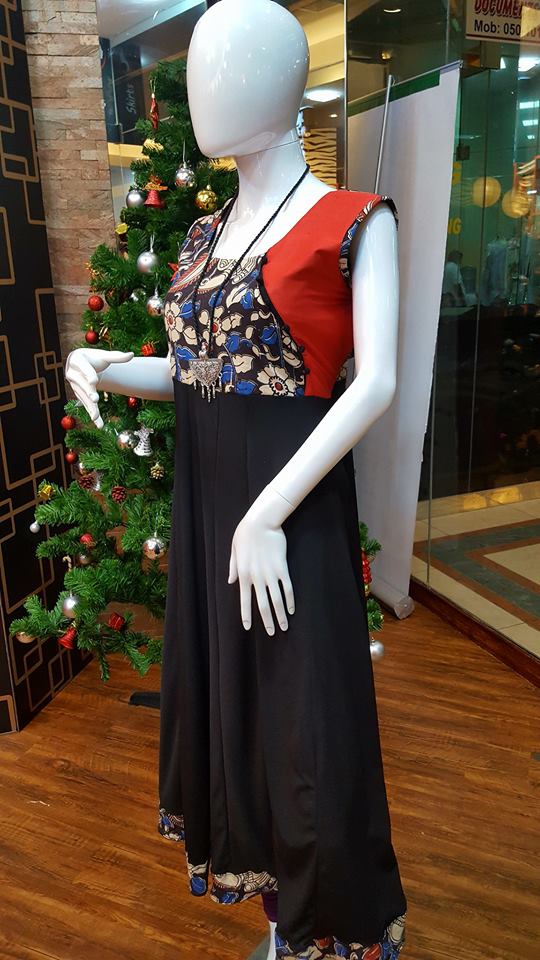
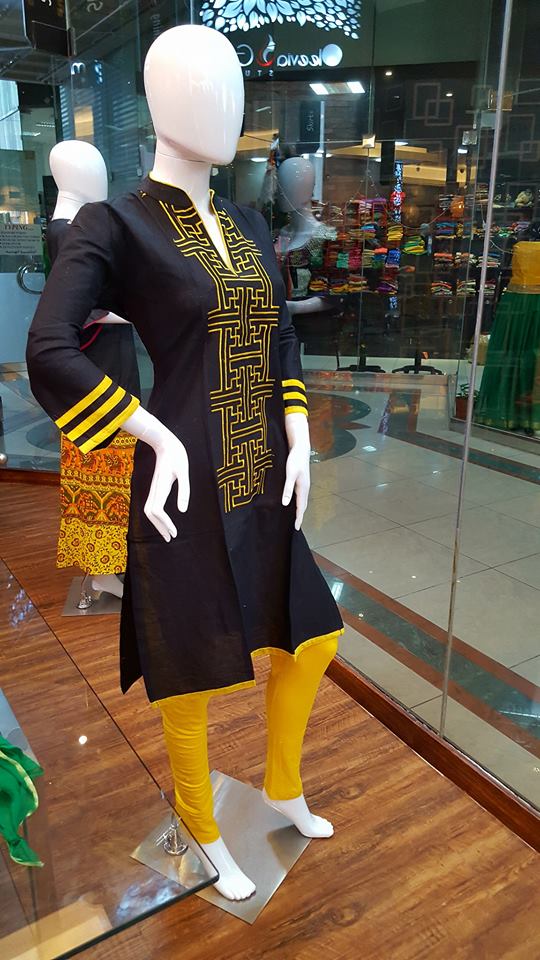

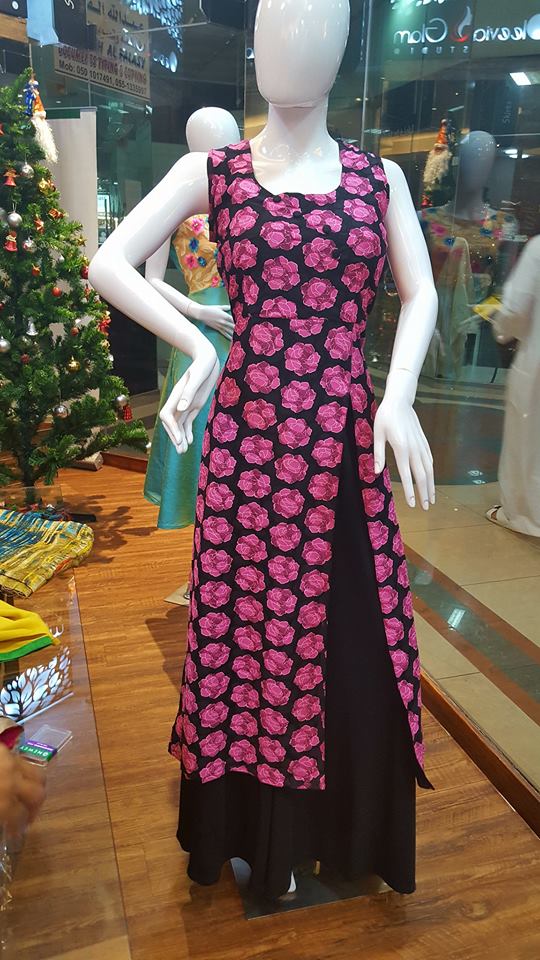

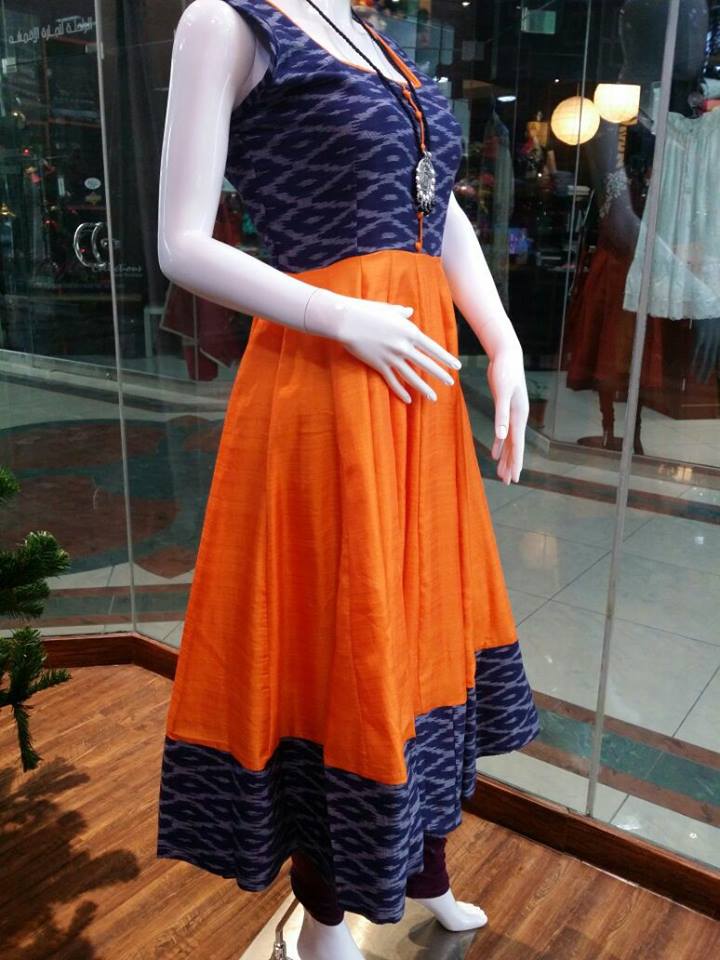


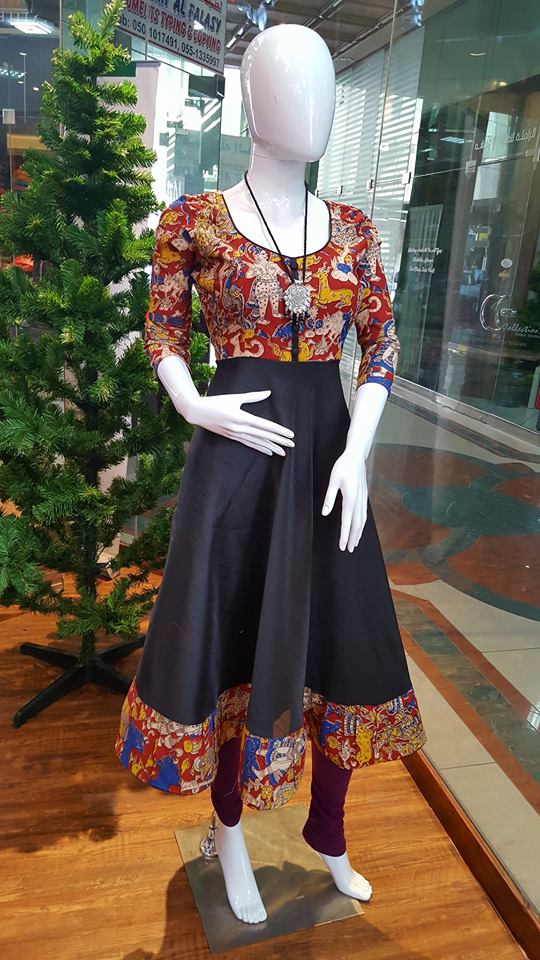
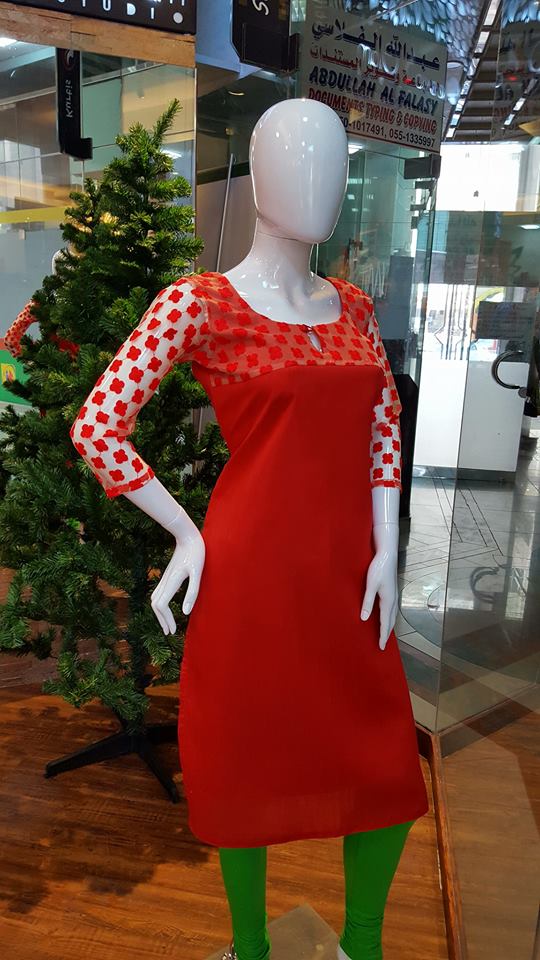
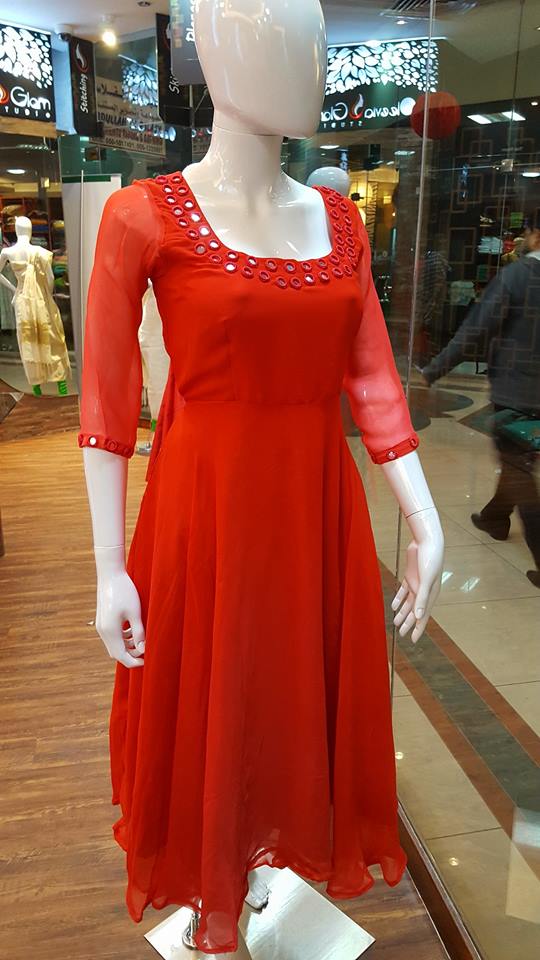

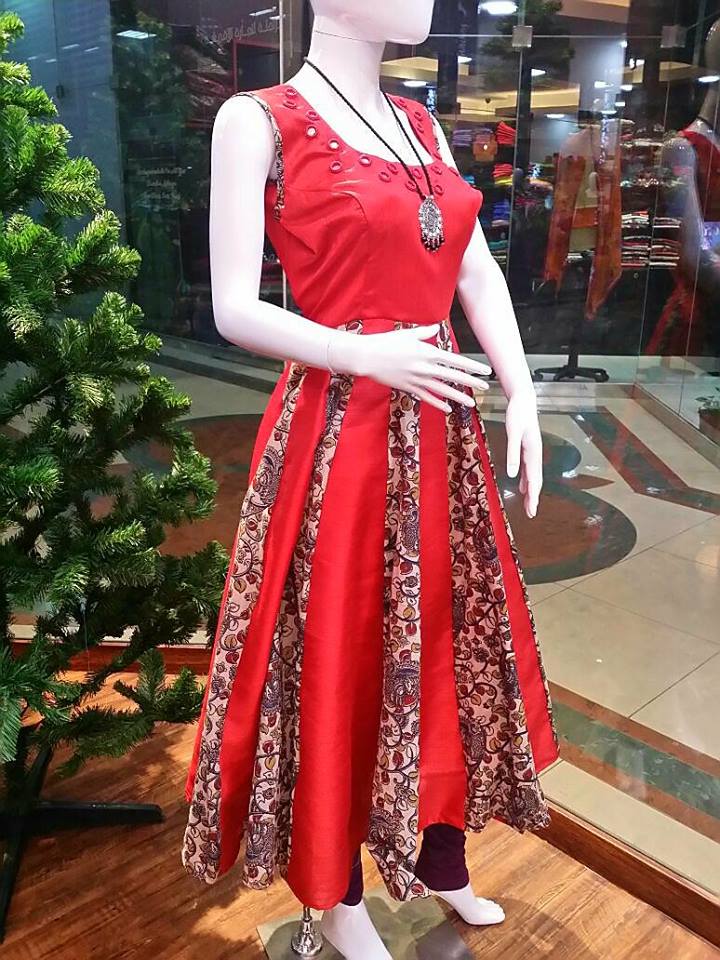
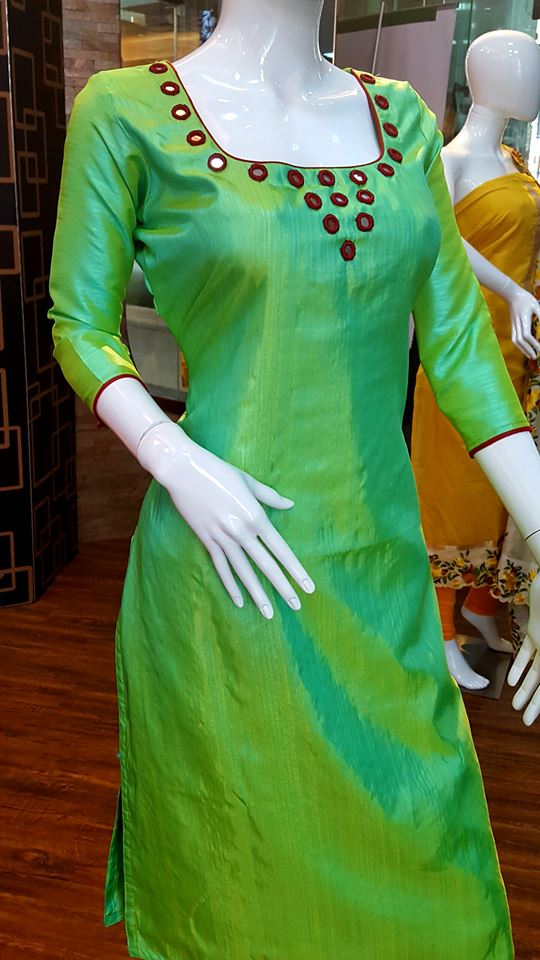
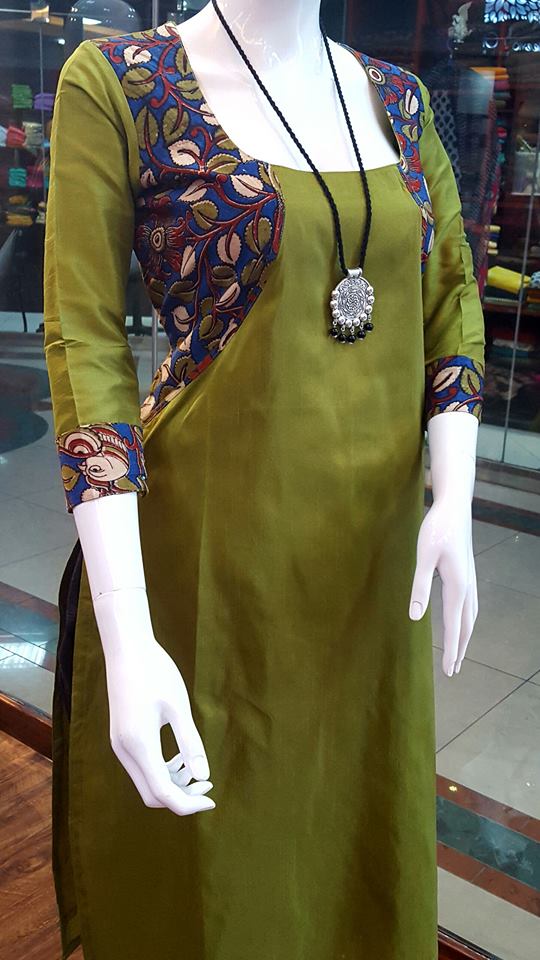

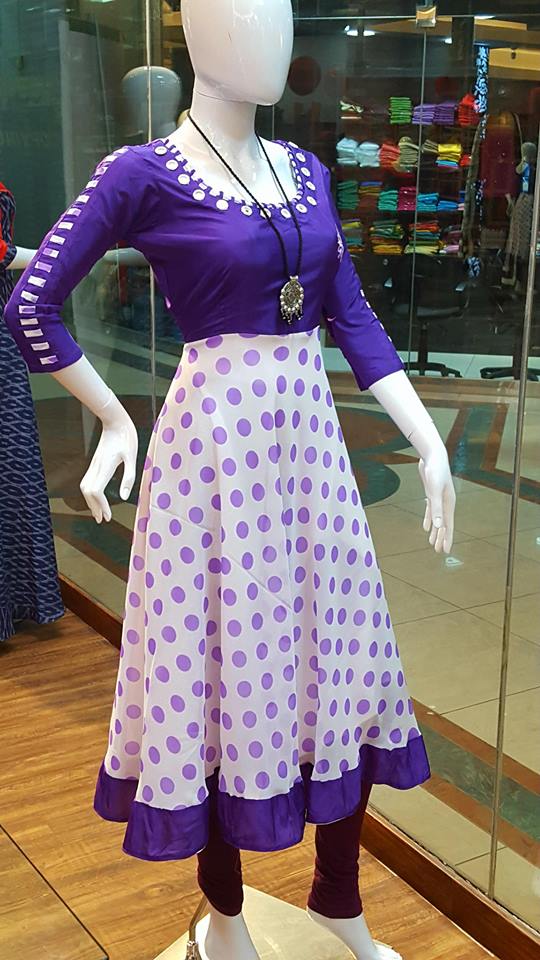
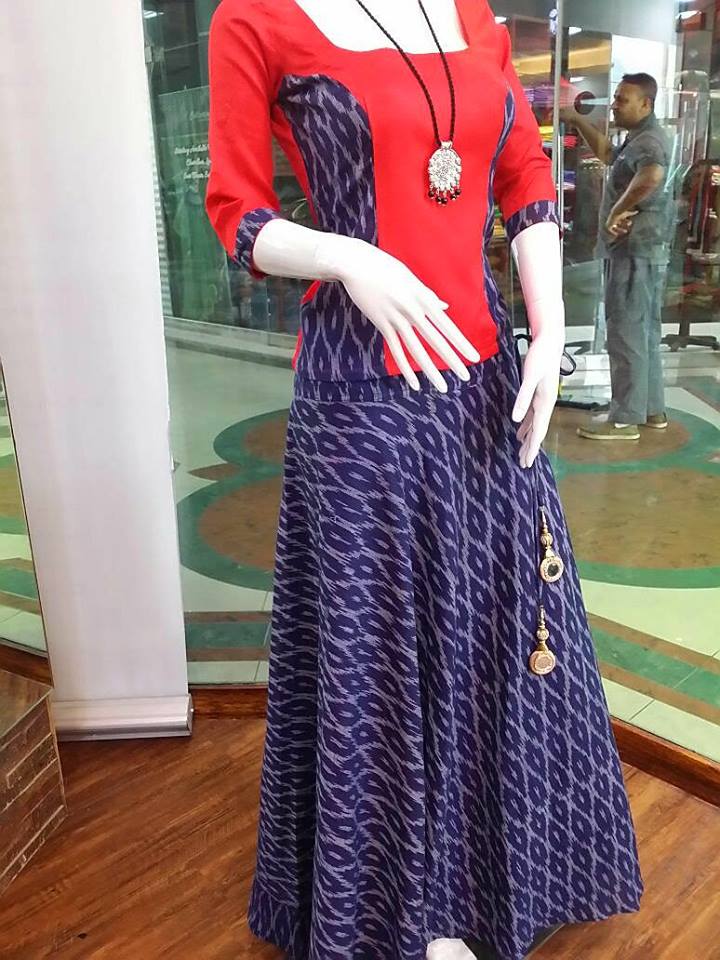
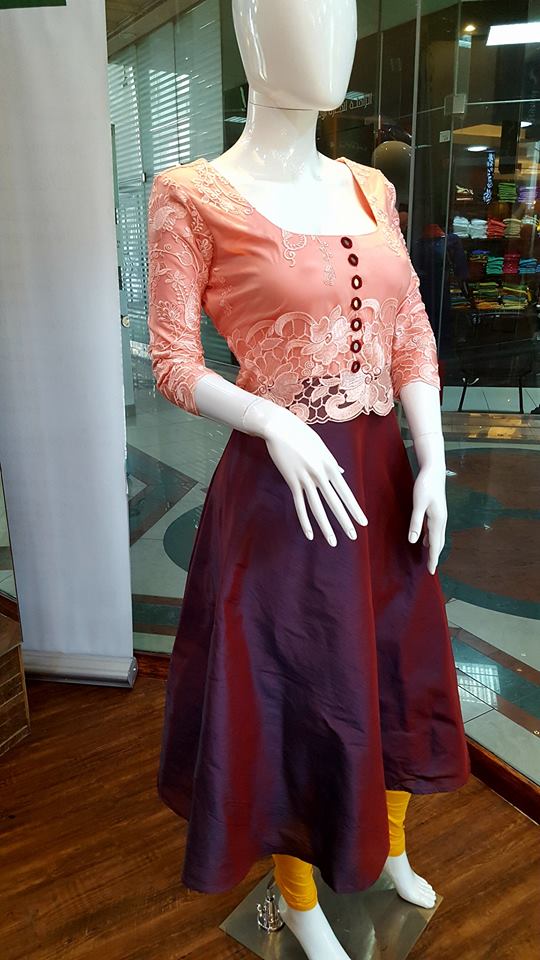
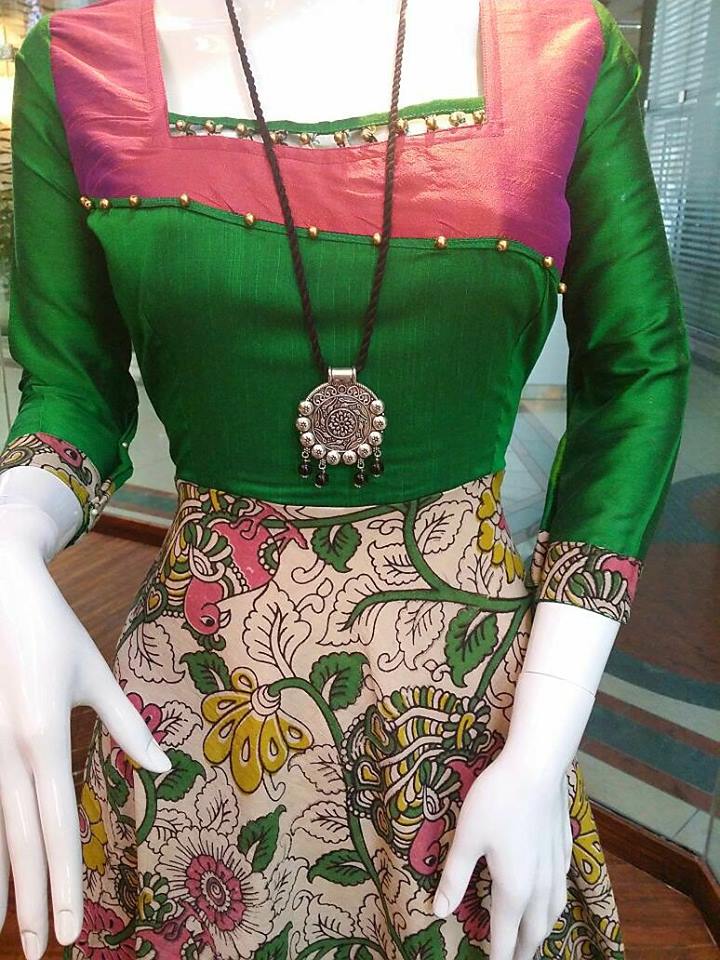
Courtesy: Oleevia fashion
DIY beach bag for the sea promenade
I sewed just such a beach bag, because soon the sea – this time, the magazine asks if anything new – and the two have not done anything interesting – three. Here again, “Three Nuts” for Cinderella … The trend, however …
That’s what we will say:
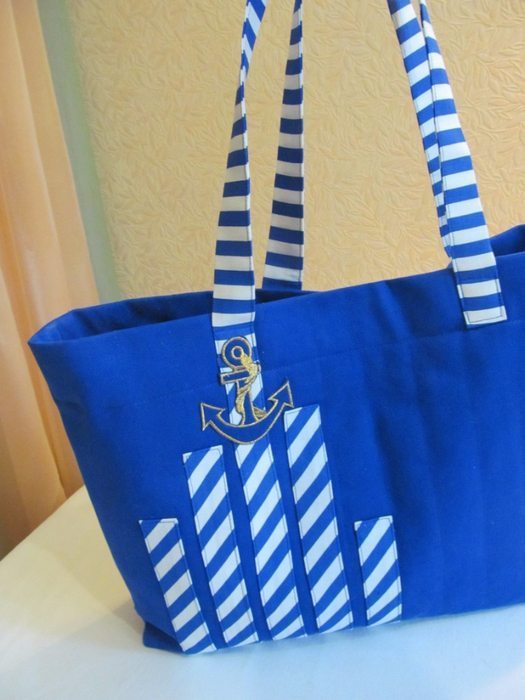
Well, could not you show your supervisor observer … best humor, looking at it … I ironed the bag, and he just does not reduce the eye with iron. .
Well, more to the point ..
We need:
Fabric dense -I have something like x b, or electric blue jeans – 60 cm and a width of 140
Cotton white and blue stripes – 0.5 m at 110 cm width
Sintepon density of 100 (that is, do not know, sintepon nepushisty, about 0.5 cm thick
Lining – I took the b y fabric shower curtain, which was on top in excellent form, and the bottom … well, just throw away – which I did. I think we can take Bologna, can be dome from an old umbrella, if not a little – well, I was looking for waterproof, and can in principle be anything that comes to fabric bags.
Nonwoven different thickness: very thick, that is called a hat – on the bottom of the bag, the average density in the pockets. And appliqué cotton and a tight – in handle.
Threads and tools – of course …
Immediately utochnyu- add: can not take it, do not look for such companions, to simplify the problem, if we take the underlying tissue a little more 1 meter – for the eyes, even in the makeup stays, and buy a suitable webbing to taste – about 1.5 meters. I had a problem that the fabric is bought for a long time and a very different bag, it is not enough to handle.Absolutely. Therefore, it is looking for the fabric, but such that it was possible to put on the finishing.
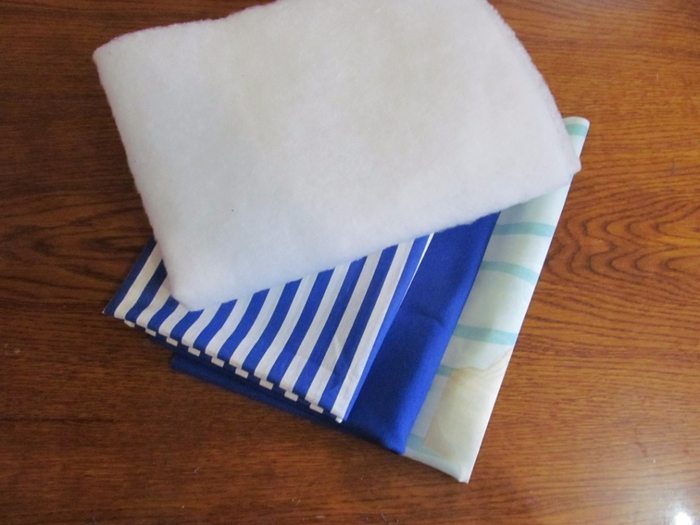
First cutting. Dimensions of parts give allowances without taking for granted that the allowances laid already and everywhere equal to 1 cm. Fractional passes downwards details – any details.
From outer fabric:
panel – 58 cm x 38 cm – 2 pieces
bottom – 46 cm x 10 cm 1 piece (I had to do two pieces)
handles – 76 cm x 9 cm – 2 pieces (I – from finishing)
Lining of nepromokashki (I turquoise):
front and rear panel – 58 cm x 30 cm – two pieces
the bottom – 46 cm x 10 cm
pockets – I have two of them: 30 x 38 cm – 2 pieces. If the lining is the direction of the figure, keep in mind that the details on the pockets are folded, finished pocket is 28 cm x 18 cm, with the top edge of the pocket – fold.
Sintepon: 58 cm x 31 cm – 2 pieces
Braid or fabric for trim strips: approximately 18 cm long, 20, 23, 25, 28 and the shelf width 3 cm, 5 cm in cutting.
sewing sequence.
1. Start with a lining.
Pockets. Details pockets folded in half and one half of each glue interlining medium density, then Sew the two halves of the details, leaving the seam slit for eversion. Do not forget to cut the corners close to the line, so that the pocket was well decorated. Release, sweeping over the edge and to iron. Baste lining panel to the details so that the fold was on the top parts (pocket entrance), and the pocket was clearly in the middle of the sides with respect to the future bags and 7 cm from the upper edge:
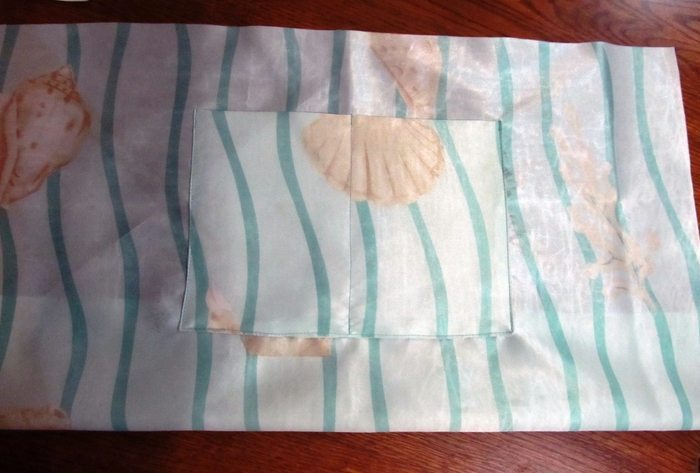
Stitched, not forgetting to do tack at the beginning and the end. I divided the pocket into two parts – for sunscreen and tanning oil, for example …))) The second pocket is performed in exactly the same, but in 2 parts I was not shared – to leave more. I sew it on the second panel. From a small piece of outer fabric sewn pouch for your phone – its size + 2 cm in width – is at the discretion.
When the pockets are ready to connect the parts lining on the sides, allowances press them apart, do not forget to tack – it’s important. Then mark the center of each panel along the bottom, from the middle to put both sides at 23 cm.
Pay attention to the pair of panels of sizes and floor: panel width = length + width of the bottom of the bottom. In other words, the panel is cut 58 cm wide, 2 of them went to see the allowances, is 56, divide in half – 28 minus 23 (the bottom half of the length). The residue was 5 cm on each side – half the width of the bottom. If such a narrow bottom not like it, or shorten it to 4, for example, see, and then you can cut out of its width of 13 cm, or add to the side panels bags at 4 cm per panel and the bottom, too, cut 13 cm. In the event of a change bag sizes Remember to count the size of all the components.
That’s mate is very important – if not then flog. At discrepancy of the size of the bag will slash-curve …
Thus, the marked out panel, marked out the middle of the length of the floor on both sides and the middle of the narrow sides of the bottom. Begin alignment with the long sides. We combine labels of means and the bottom panel, fix the beginning and the end of the bed with the marking points, shear pins. Repeat all this from the second panel and the second side of the bottom. . You can scribble Again note: start and finish line is necessary at combining – for allowance of the short sides of the bottom of the bag no scribbling !!!
. See the picture – it is clear that the long sides of the bottom of a line begins and ends exactly at the bottom right corner.
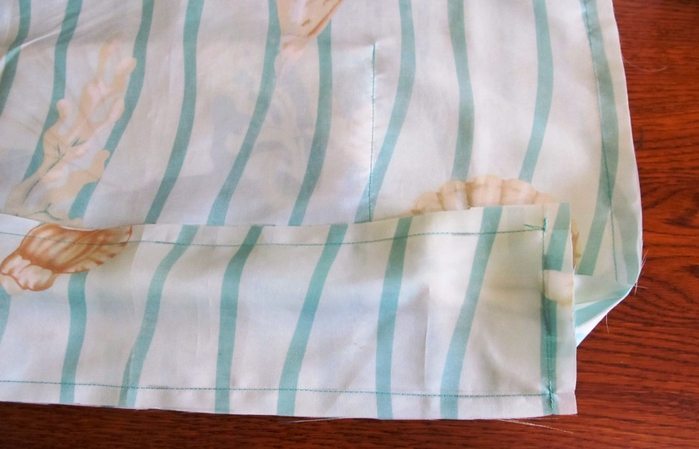
Now a little “piece of work”: allowance bag walls is necessary to make an incision at the exact beginning and end of the line (see photo). Once notched, short sections of the bottom right will be easy and convenient to the sidewalls Stitch – and here it is already possible to make a small tack on allowances.
On the lining, I specifically 1mm captured area (see zazhimchik?), To hedge themselves from the hole in the lining. But the outer part of the bag will not tolerate – remember: a perfect match at the corners.
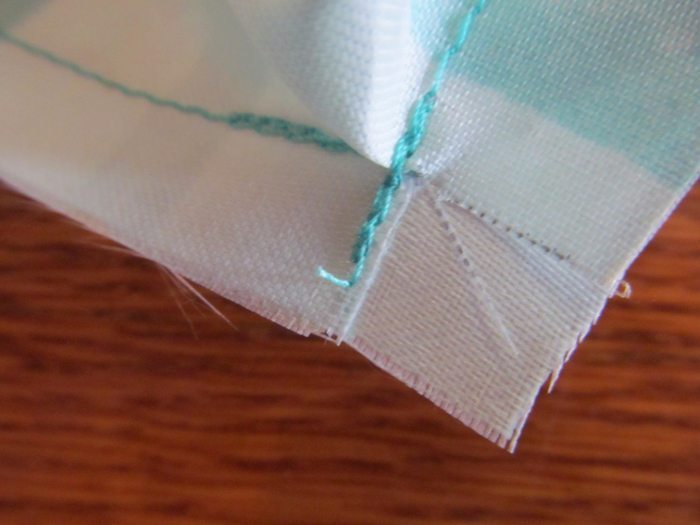
Lining can be put aside and start working with the outside of the bag.
A little will go back, why start with padding. First, the exterior and interior of the bag sewn in different threads, and so as not to rearrange the thread back and forth, at first I did all the work of turquoise, and then all the work went blue. Secondly, small errors lined excusable and be corrected, the same on the outside of the bag or errors should not be, or not patches are welcome (depending on the tissue), so it is best to practice on the lining, and then sew the top of the bag. Well it is, thinking “in the course of play” …)))
The front panel of the bag lay on the table face up, take soap or disappearing pen and start rascherchivat trim from the center of the panel put the first finishing strip, skip 1 cm – the second, etc. The height of the bars is arbitrary, as you like. The only thing you should pay attention to: the highest band must be from the middle of no more than 8 cm, because pens we sew it at such a distance from the center, therefore it is desirable to take into account docking handles and the highest strips. Either make them all not higher than 25 cm, so that the strip is not docked with the handle.
Nastrachivaem strips around the perimeter, tucking sections. At the bottom of the short sections of the bag was left open.
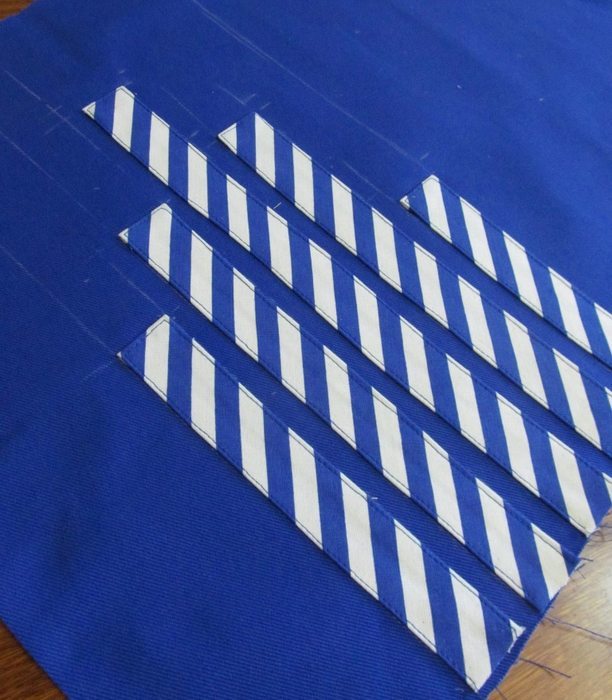
Now rascherchivaem stitch. I took a step in the lines of 4 cm – can be less or more. On the underside of the details to make padding polyester, with the bottom sintepon does not cover the allowance for sewing the bottom and at the top it does not reach the upper edge 7 cm shear sintepon and upper part bags starting from the center -. This is important . Smoothes out the details on the table with respect to each other and transverse shear pins (see photo). This sequence will prevent or minimize the formation and progress syntepon ugly blisters on the bag.
Stitch stitch is necessary in the face and also from the center to the edges.

That’s what happens. See photos:. Up-down allowances available without padding polyester, and the side seam allowances to close slightly sprawled synthetic padding.
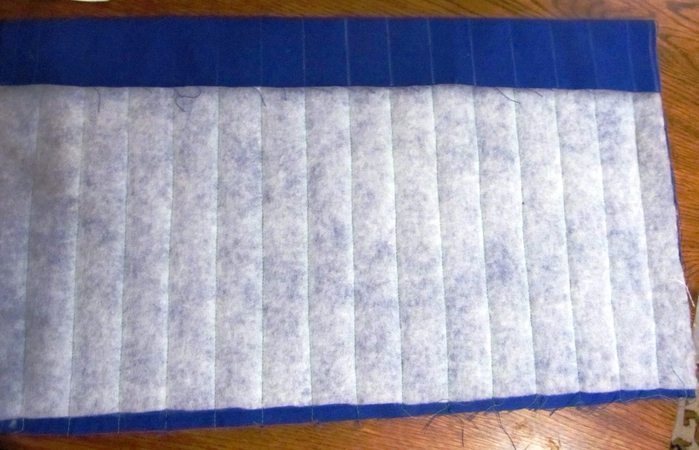
This is nothing to worry about, after grinding , grabbing sintepon, parts bags we pruning it literally right up to the line, so that the seam was not on the extra thickness. Then sew the bottom just as it sewn into the lining. Just do not forget: first glue on the bottom of the piece fleece hat firmly against the bottom of the finished bags, ie 46 x 10 cm It should look something like this.:

Otutyuzhivaem all seams as the assembly of the bag.
Now, without twisting the bag and removing the lining, we put it on the bag. Oversize bags on top of 7 cm turn down, mark up from the fold 5 cm sections buckled inward and put lining sections at the top of the single cut the piping bag. At the same time put shnurochek small telephone pocket.
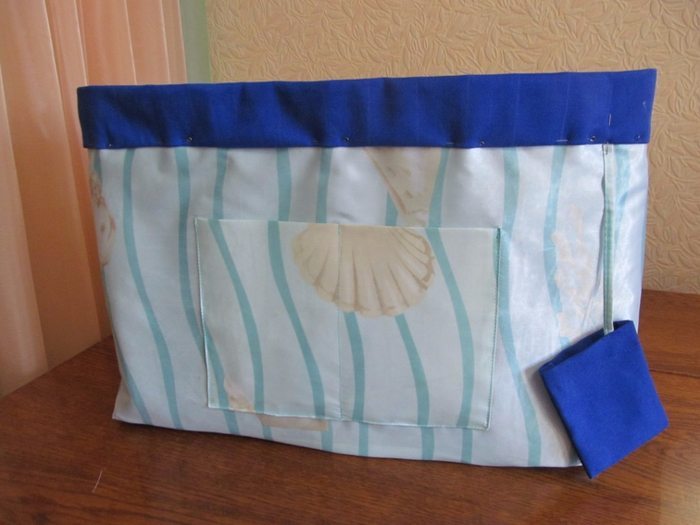
Otstrachivaem on the edge of the piping, completely finishing the bag.
It is possible to postpone. Details for pens, because I was thin cotton, fully taped average density and interlining hemstitch their external stitching (folding piece in half along the length, each half still in half slices go inside, stitch along the edge of the handle). Ironed.
From bags center mark up the position of the handle at a distance of 8 cm each, ie . Between the ends of the handles 16 cm from the top of the bag handles are sewn 5 cm sew like this: loop handle pointing down, the tips – up to flash a tack through the stitching single cut the piping bag, clipped allowance, unscrew the handle up and vystrachivaem rectangle mounting knobs. closing blade handle oversize the first line: clean and tight.
One pen tip on the front side in the highest match finishing strip butted. At the junction of the adhesive paste the apllikatsiyu – anchor.
Once again otutyuzhivaem bag with oparivaniem simultaneously remove steam soaps markup – and admire !!!!

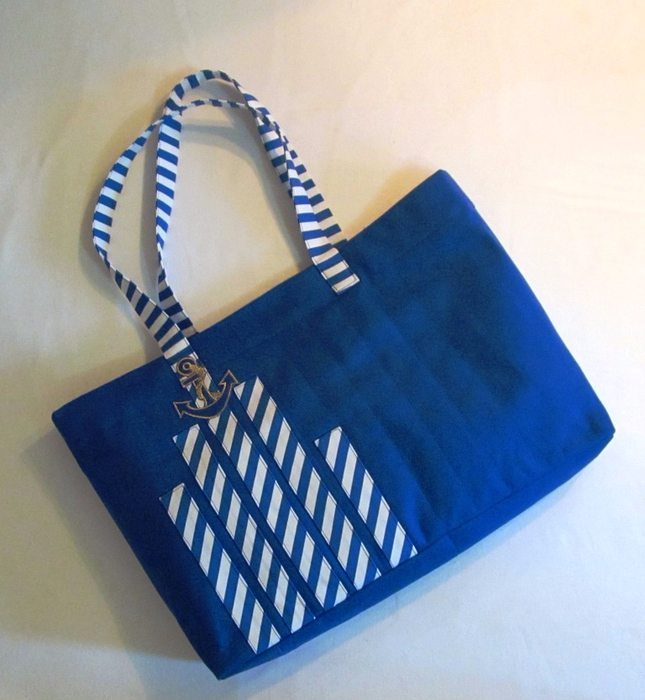
The back side of the bag – it is without finishing. You can do the same thing on the right side, but I did not bother ..
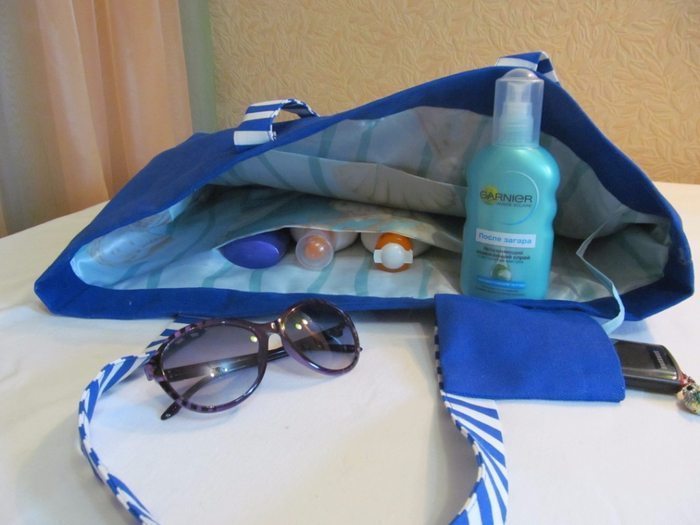



Hopefully, like handbag, and someone will want to get yourself
How to make fancy curtains
First, you must select the fabric for curtains tailoring. Beautifully will look fabric with metal overflow. Well look contrasting transitions in tone.
In the present master class puffs sewn on the cornice of 1.3 m. For this you need a piece of fabric at a ratio of one to two, or 1 to 2.5 relative to the length of the cornice.
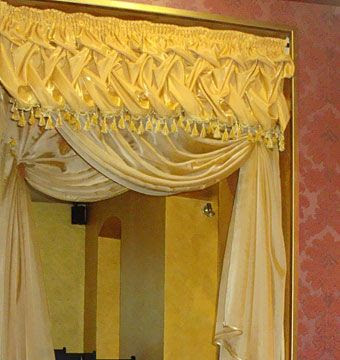 We eaves length 1.3 m – needs a piece of fabric 3.25 +0.5 (allowance at side seams), only 3.3 m.
We eaves length 1.3 m – needs a piece of fabric 3.25 +0.5 (allowance at side seams), only 3.3 m.
In width:
• 0,65 m 3-band (as in the diagram), the height of product in finished form 0.45 m;
0.83 m • 4-band products in finished form height 0.55 m;
• 1,01 m-5 strips off the shelf height 0.65 m.
Learn, please scheme. See photos.
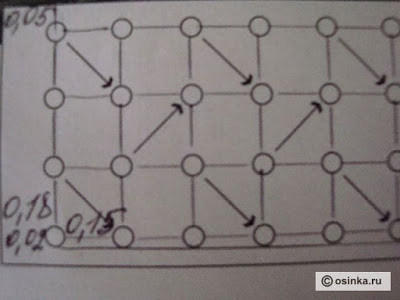 he harvested tissue peruse for defects, check the length and width, steamed iron.
he harvested tissue peruse for defects, check the length and width, steamed iron. The sides of the future curtains See photos.
The sides of the future curtains See photos. 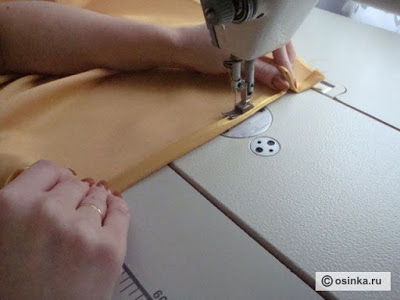 For comfortable work and avoid errors, you need to make patterns out of cardboard.
For comfortable work and avoid errors, you need to make patterns out of cardboard.
1. №1 = 8 cm (6 cm – width webbing + 1 cm seam tape+ 1 cm volume)
2. №2 = 18 cm;
3. №3 = 15 cm.  Choose a place where we are going to create your masterpiece. Ideal – a large table. It decompose and flatten stripped cloth. The fabric should lie face down.
Choose a place where we are going to create your masterpiece. Ideal – a large table. It decompose and flatten stripped cloth. The fabric should lie face down.
Take the mold 8 cm wide (№1) applying it to the upper tissue slice. 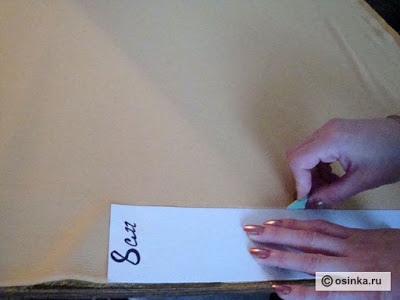 Now, take the curve №2 (width 18 cm), apply to have the line drawn by again drawing a line along the entire length of our fabric. Repeat this process three times. We have to be parallel to the line width: 8 cm, 18 cm, 18 cm, 18 cm
Now, take the curve №2 (width 18 cm), apply to have the line drawn by again drawing a line along the entire length of our fabric. Repeat this process three times. We have to be parallel to the line width: 8 cm, 18 cm, 18 cm, 18 cm 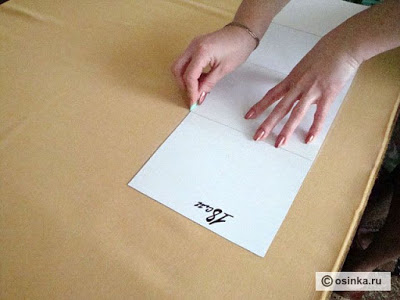 Take curve №3, we are putting any of the side seams and perpendicular lines to the already drafted. We get the mesh.
Take curve №3, we are putting any of the side seams and perpendicular lines to the already drafted. We get the mesh. 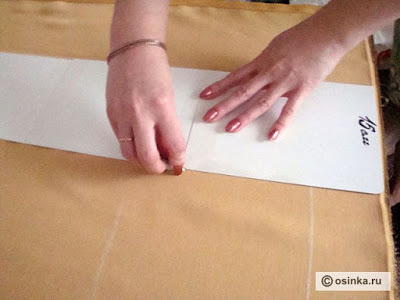 To make it convenient to work in the cells draw a diagonal, as shown in the photo.
To make it convenient to work in the cells draw a diagonal, as shown in the photo. 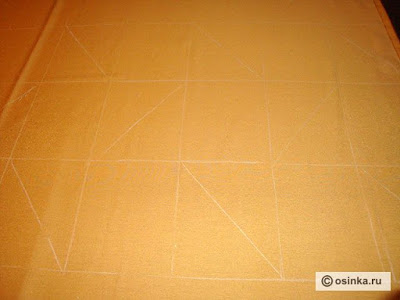 Take the needle and thread in tissue tone, and at the cell diagonally fasten the first puff.
Take the needle and thread in tissue tone, and at the cell diagonally fasten the first puff.  Stitches tacks do five – six times.
Stitches tacks do five – six times.  Secure all puffs for this series.
Secure all puffs for this series. 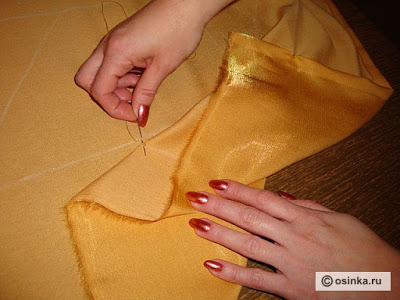 The next series begin to fix on the side where you’ve finished the first row whip. Follow the scheme.
The next series begin to fix on the side where you’ve finished the first row whip. Follow the scheme.  Third row starts where finished second whip. And so all the rows under the scheme. Be careful.
Third row starts where finished second whip. And so all the rows under the scheme. Be careful. 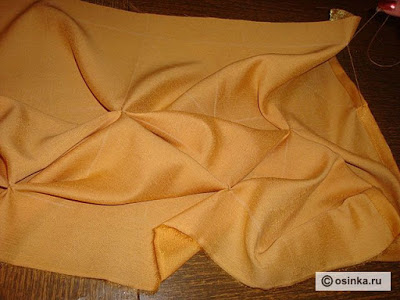 This is the result of the first phase of your work. The truth is impressive?
This is the result of the first phase of your work. The truth is impressive? 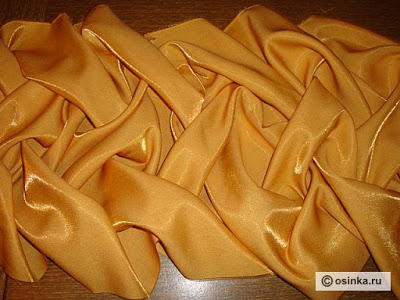 The bottom of the curtains in our master class we will process the fringe. In fact, the methods of processing weight: seam in the hem, processing piping, lace, beads …
The bottom of the curtains in our master class we will process the fringe. In fact, the methods of processing weight: seam in the hem, processing piping, lace, beads …
like fabric, you need to advance to steam and smooth 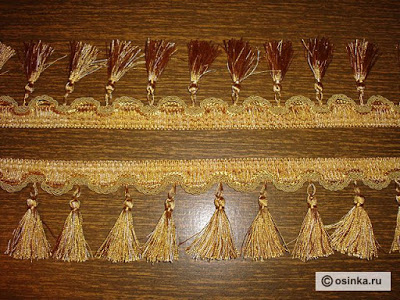 We are putting a fringe to the bottom edge of the curtains. We combine slices. Fabric and fringe wrong side together. Sew,
We are putting a fringe to the bottom edge of the curtains. We combine slices. Fabric and fringe wrong side together. Sew,  Now, gently loosen the fringe on the front side. Do this for the entire length of the edge of the fringe and paving machines line.
Now, gently loosen the fringe on the front side. Do this for the entire length of the edge of the fringe and paving machines line.  Bottom curtains ready. Look inside out – it’s perfect.
Bottom curtains ready. Look inside out – it’s perfect.  It remains to handle the upper section of the curtains. Take special braid for processing top curtains. Put them to the wrong side of each other. Pre-need to hem curtains and braid 1 cm. Sew their machine stitching.
It remains to handle the upper section of the curtains. Take special braid for processing top curtains. Put them to the wrong side of each other. Pre-need to hem curtains and braid 1 cm. Sew their machine stitching.  Lay the second parallel line is strictly for lace center. Line lay on the front side. The ends of the thread carefully hide.
Lay the second parallel line is strictly for lace center. Line lay on the front side. The ends of the thread carefully hide. 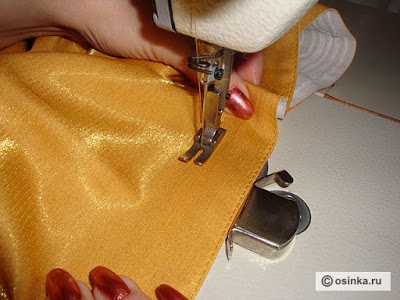 Run the same parallel line on the edge of the tape. Gently pull the fabric by hand.
Run the same parallel line on the edge of the tape. Gently pull the fabric by hand. 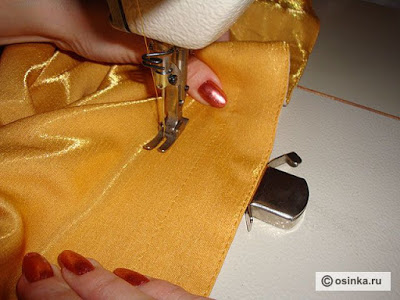 Contractible four strands to braid. Puffs acquire a very different kind.
Contractible four strands to braid. Puffs acquire a very different kind. 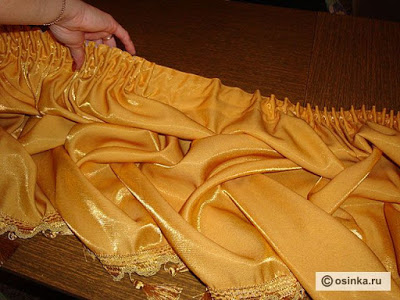 And then, finally, the result of work. Beauty, is not it?
And then, finally, the result of work. Beauty, is not it?  So, this curtain looks in the doorway.
So, this curtain looks in the doorway. 
DIY: Beautiful Mobile Cover
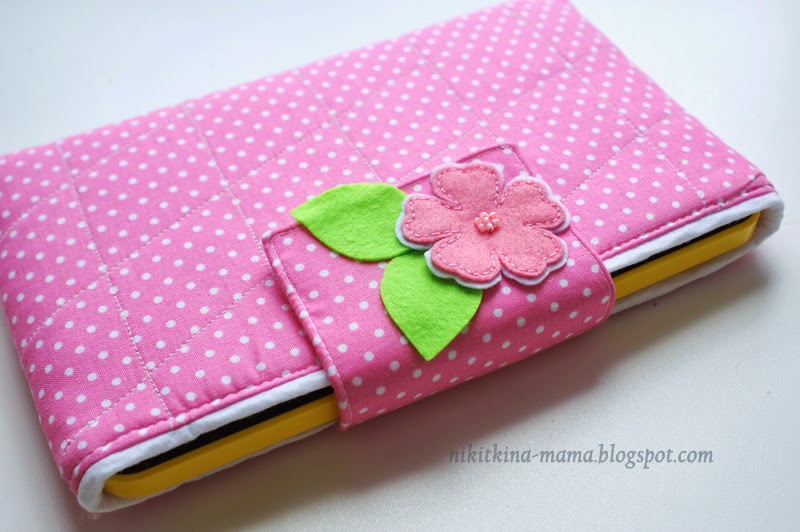 Required Material:
Required Material:
- The basic fabric padding polyester,
- The fabric for the lining,
- Different materials for decoration.

To cover carve out a rectangle the size of which will depend on your tablet. I look forward to the width of the rectangle as follows: the width of the tablet + two plate thickness + 1 cm + 1 cm allowance on the thickness of padding polyester. The height of the rectangle = height + tablet allowances. After the main part is cut, stitching it together with synthetic padding.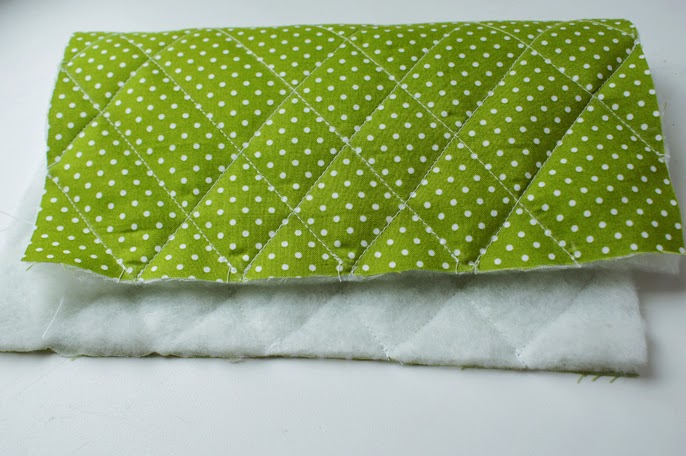 And sew cover on the side seams. Try on the resulting “pouch” on the plate, make sure that all the measurements done right.
And sew cover on the side seams. Try on the resulting “pouch” on the plate, make sure that all the measurements done right.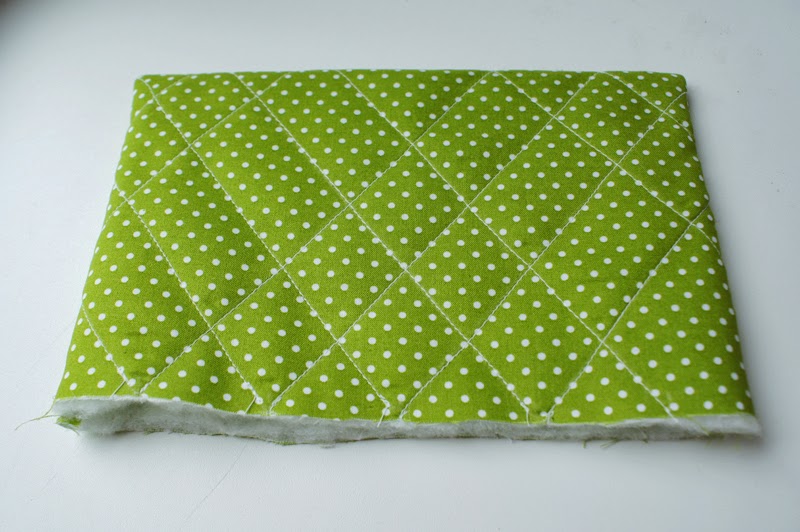 Now take the lining. We take the same height, as in the previous parts, but the width is calculated as the sum of allowances (I 1 cm) and the width of the inner part, which is obtained in the previous step. (The fact that the width of the pad will be slightly smaller than the width of the rectangle of the base fabric by padding polyester layer). Cut out the lining, sew along the side seams, while necessarily leaving nezashitym hole to cover then you can turn on the front side. Try on the tablet.
Now take the lining. We take the same height, as in the previous parts, but the width is calculated as the sum of allowances (I 1 cm) and the width of the inner part, which is obtained in the previous step. (The fact that the width of the pad will be slightly smaller than the width of the rectangle of the base fabric by padding polyester layer). Cut out the lining, sew along the side seams, while necessarily leaving nezashitym hole to cover then you can turn on the front side. Try on the tablet.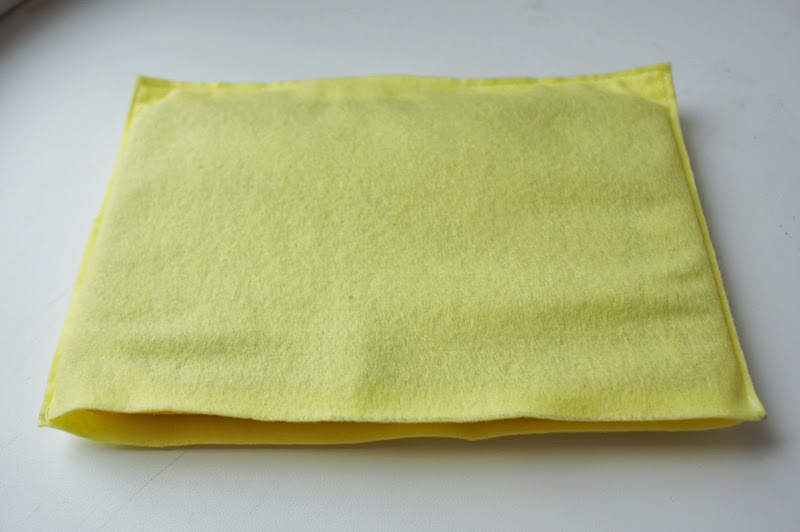 Time to reflect on how the case will zakryvatsya- can use a magnetic button, button, or, as in my case- Velcro. I carve and sew a small valve, which will shut case.
Time to reflect on how the case will zakryvatsya- can use a magnetic button, button, or, as in my case- Velcro. I carve and sew a small valve, which will shut case.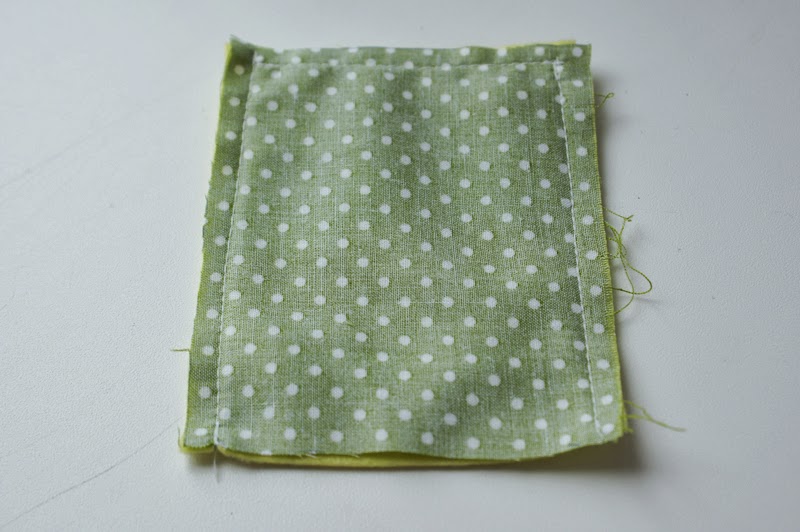
 We put the wrong part of the cover into the rectangle of the base fabric (make sure that the front of the items placed together), between them put the valve is sewn.
We put the wrong part of the cover into the rectangle of the base fabric (make sure that the front of the items placed together), between them put the valve is sewn.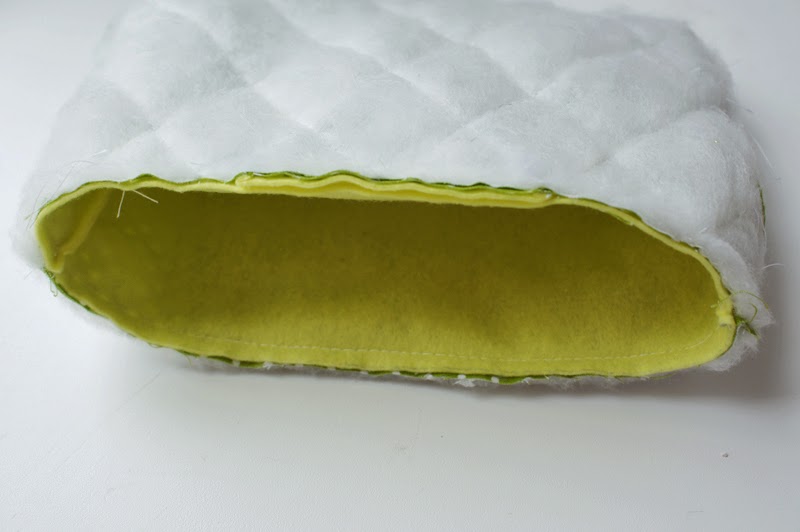 Wrenched the resulting cover on the front side (through the hole that was left in the backing parts), paving the decorative stitch along the top seam, and be sure to sew up the hole in the lining.
Wrenched the resulting cover on the front side (through the hole that was left in the backing parts), paving the decorative stitch along the top seam, and be sure to sew up the hole in the lining.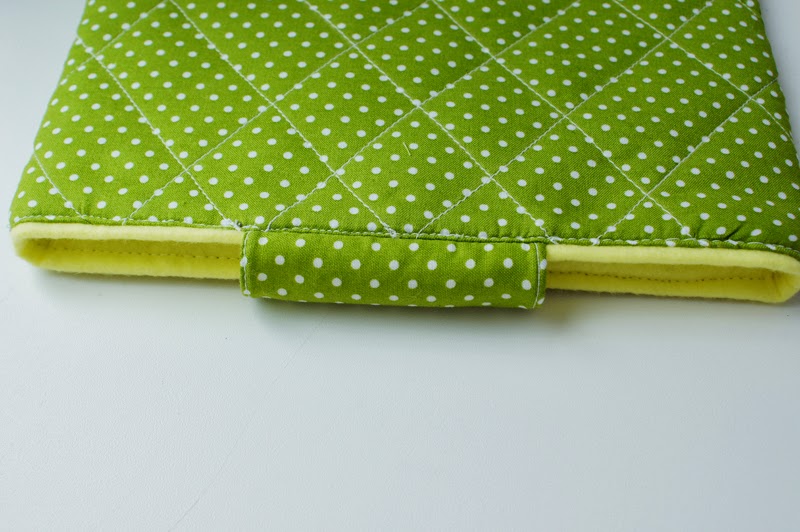
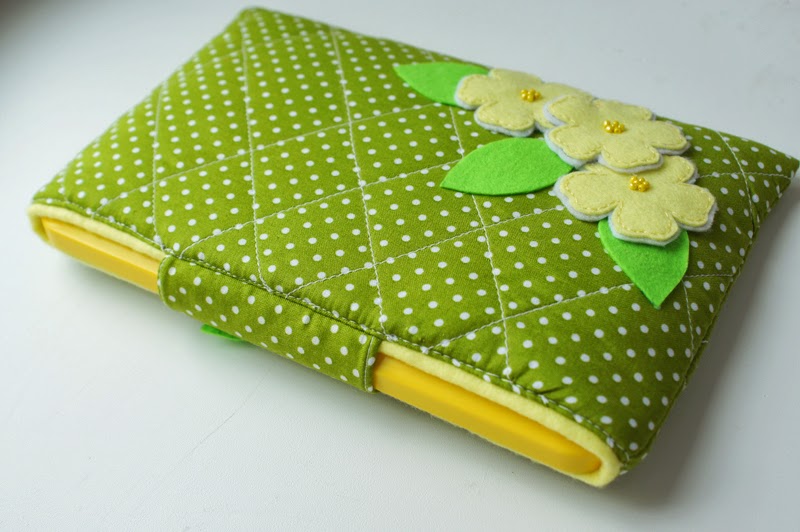 Source
Source
Homemade small sewing basket
Today a boss and a little tutorial to make a cute little stitching bag, inspired by the scrap booking tote bags, which you will be able to see page 78 of my last book, Workshops, and sewing corners.
To make it, you need:
– of matching cotton,
– of interlining to stiffen and reinforce the small pockets
– of Vlieseline X50 or H630 (a little fleece and Thermo coll ante on one side) to give a holding to the basket.
– the bias (or bias) associated with the selected tissues.
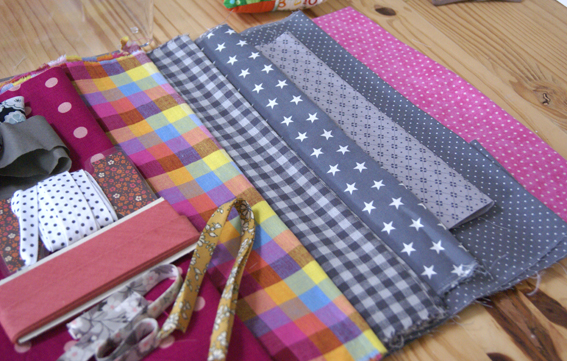
Here are the templates of the different parts: pdf file to print the sewing margins are not included Parts A and A “bis”: long side of the basket where the handle is (to be cut 4 times in the fabric, interlining Colleton e) Parts B and B “bis”: small side of the basket (cut 4 times in the fabric, 2 times in the interlining ….é ). Exhibit C: backplane (2 times cut in the fabric, interlining 1 time in …..é ). And the sizes of the small pockets (sewing margins are not included)

Pocket d: large pocket of part A (to be cut once in the fabric and once in the interlining) Pocket e: small pocket of part A (to be cut once in the fabric and once in the interlining) Pocket f: medium pocket of the piece Abis (to be cut once in the fabric and once in the interlining) Pocket g: left pocket of B (to be cut once in the fabric and once in the interlining) Pocket H: Right B pocket (to be cut 1 time in the fabric and 1 time in the interlining) Pocket i: left pocket (to be cut once in the fabric and once in the interlining) Pocket j: pocket (To be cut 1 time in the fabric and 1 time in the interlining) Step 1: Prepare the 4 sides of the baskets and the bottom of the basket ■ Draw and cut each piece in the outer fabric and inside the fabric by adding The margins of seams.
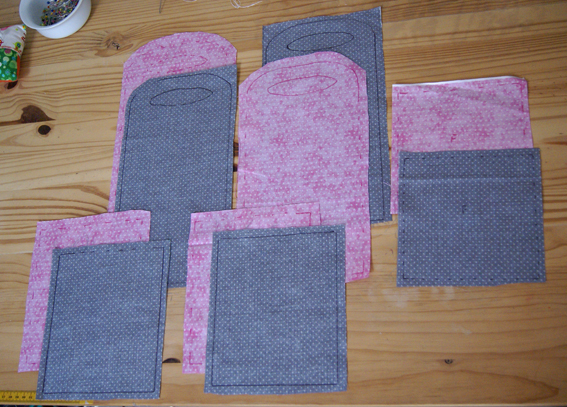
■ Cut parts A, B and C in the fleece fabric without seam allowance and attach each piece of fleece to the corresponding piece of the outer fabric. Wait about ten minutes before handling them again.
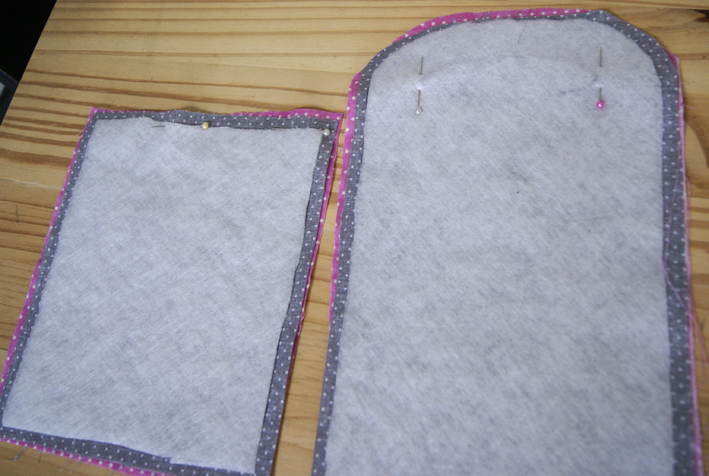
■ Sewing the handles of the parts A: Place the outer part An on the inner part A, right side up and sew the opening on the right stitch (place the fleece over you, redraw the hole on the fleece).
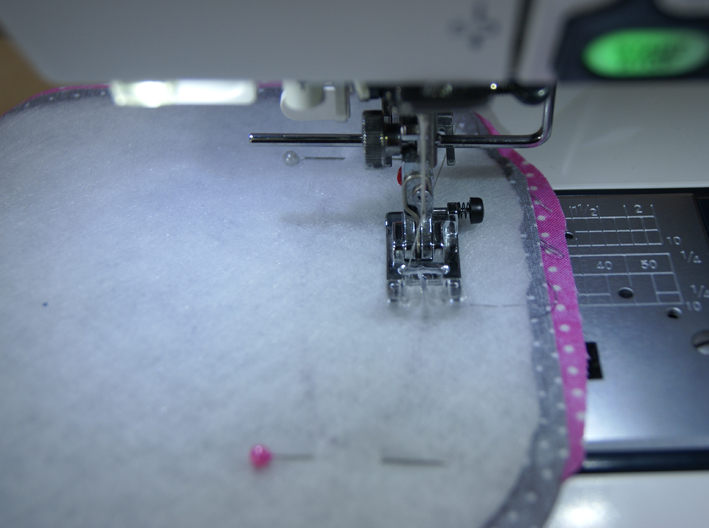
Using a chisel or wire cutter, slit the inside of the opening and crunch the ends.
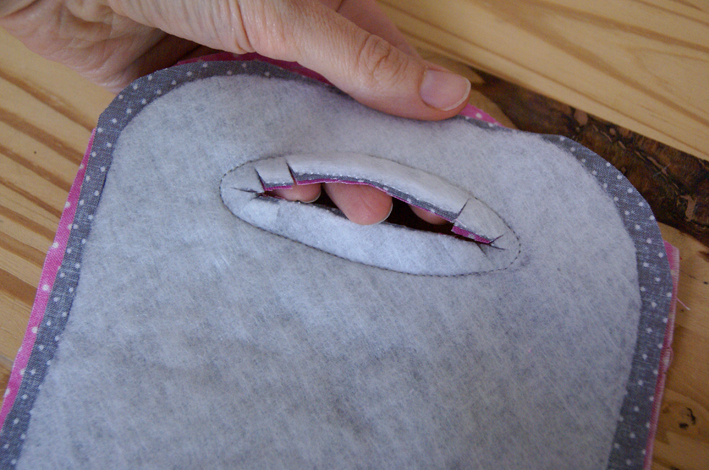
Pass the outer fabric through the hole in the opening, position the pieces face-to-face and stitch the round of the opening.
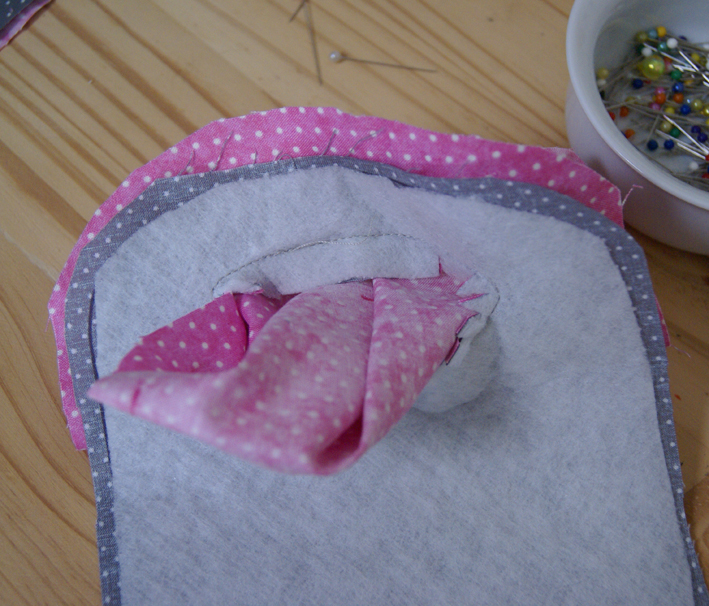
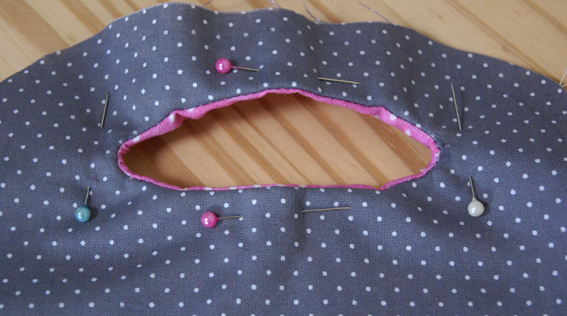
Finally, bend the handle between the 2 markers. You get this:

■ Prepare sides B : place each inner piece on each outer piece, place against the place and assemble the top edge.

Turn over, place iron and stitch on place 0.5cm from an edge.
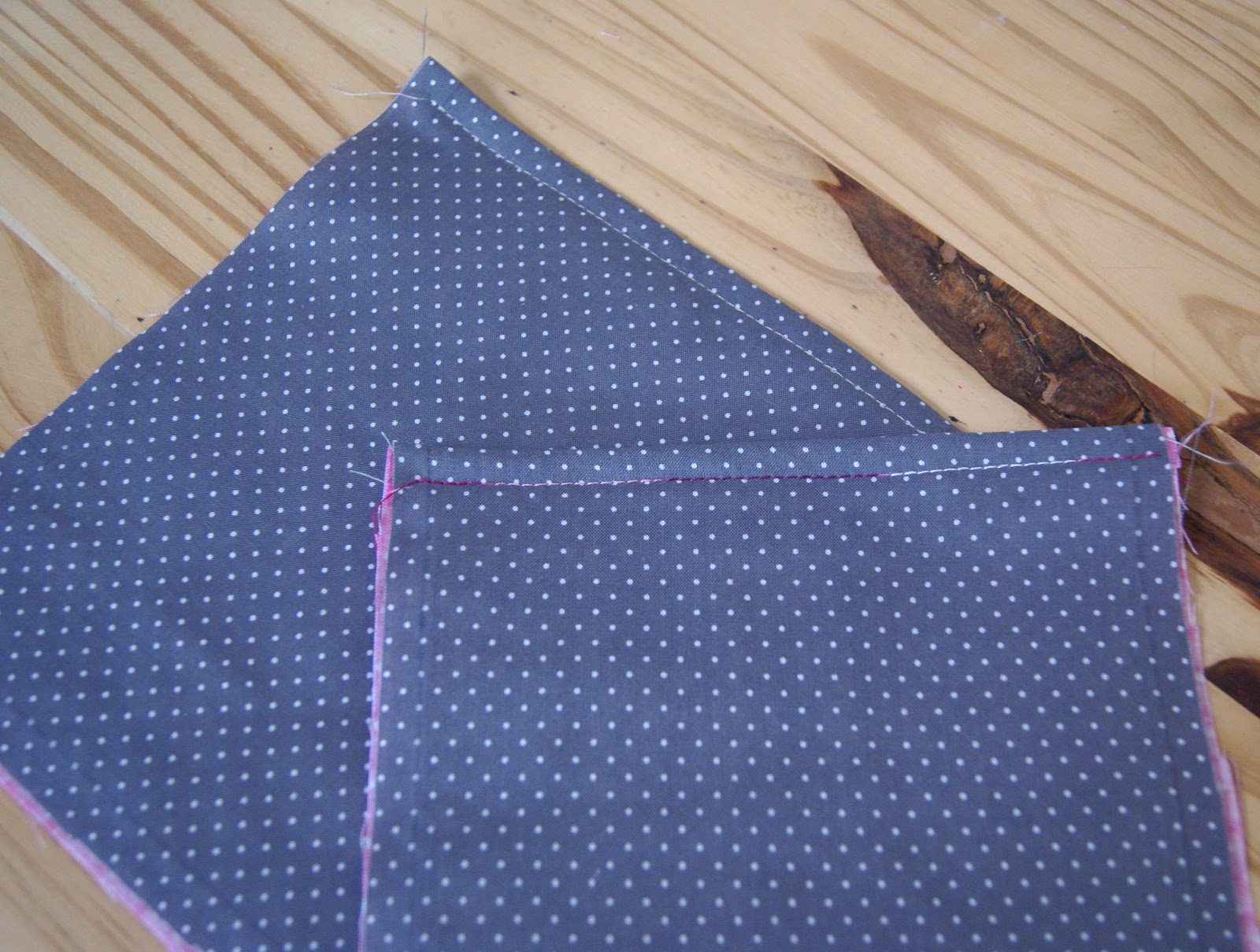
Step 2: Prepare the pockets.
■ For pockets, choose to border the edge that remains open, or make a simple hem if the fabric is thick enough, or double with another fabric.

Think about covering the fine fabrics so that the pockets have the hold and can contain the material that you will put in it.
■ Attach the pockets to the sides of the basket.
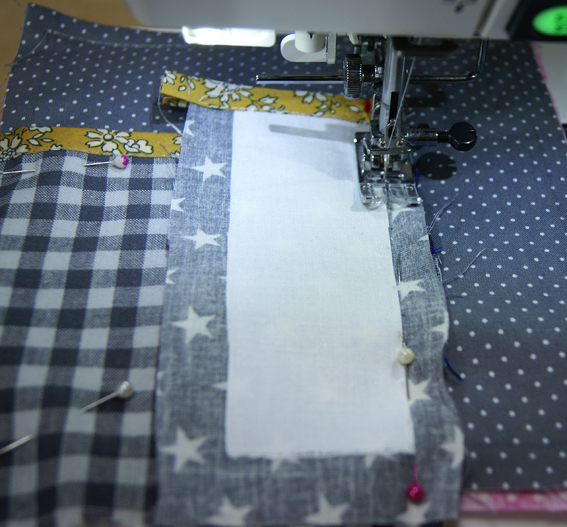
You can divide one of the large pockets of the sides An or Abis, by sewing straight lines that will make separations for your pencils, rulers etc.
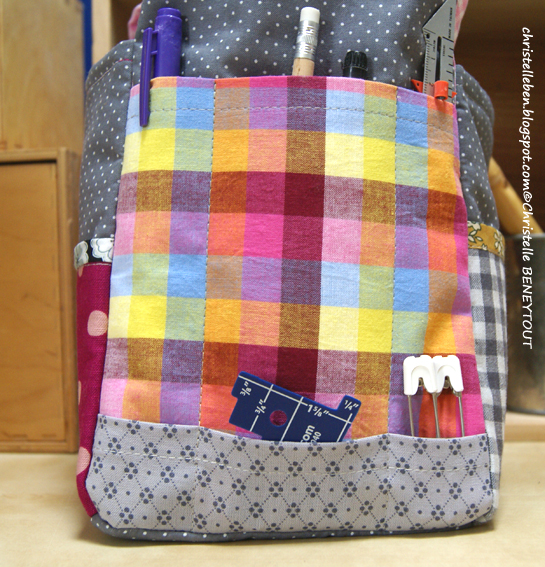
We obtain the 4 sides thus, and the bottom:
■ Mounting the basket:
Scuff the sides and bottom. Assemble the sides together, then sew the bottom of the basket.
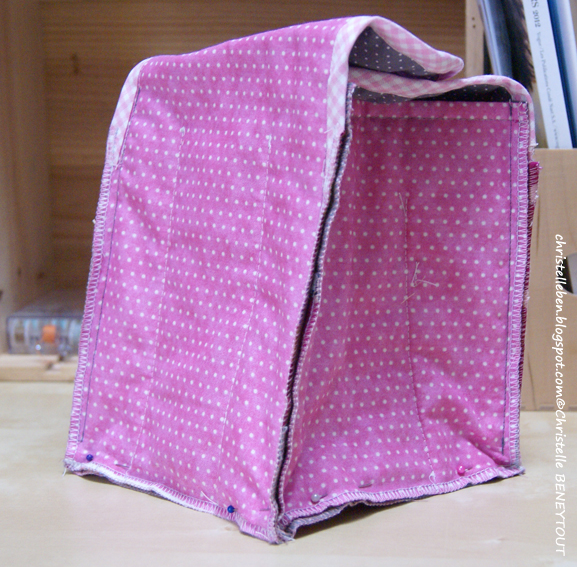
And return to the place:
So here is a small storage basket, to divert according to your desires (for children’s felts and pencils, makeup products in the bathroom etc), a gift idea more for Christmas approaching;)
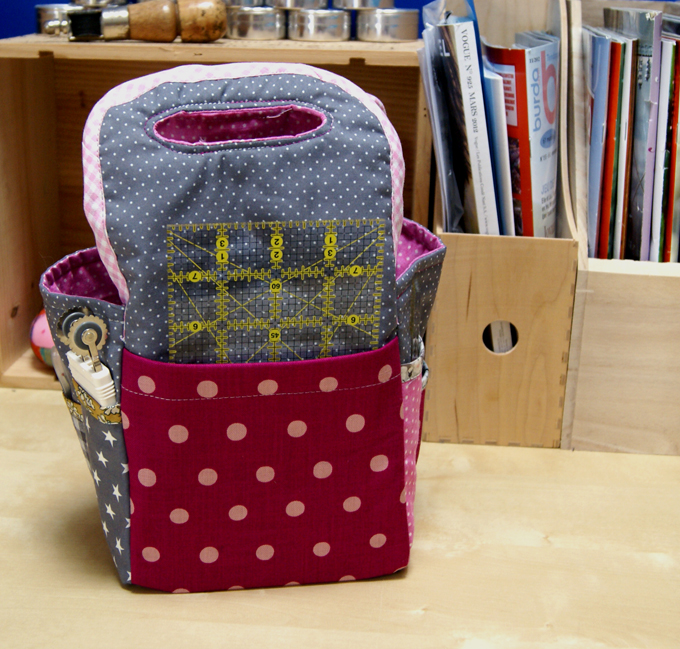
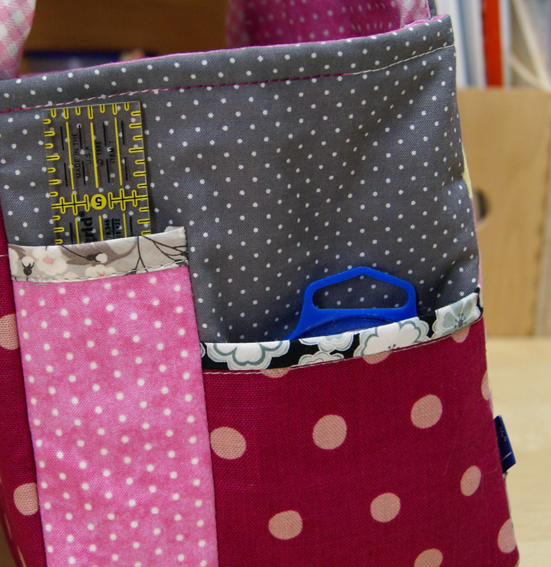
Different Types Of Kurta Neck Designs
Kurta have become a very integral outfit it Indian fashion industry. From parties to casual wear for your work everyday, Kurta Neck designs are most popular and become a big fashion statement. The ease of collaborating bright hues with a salwar or churidars or even a pair of jeans or palazzos, Kurta have become handy.

There are various necklines available in the kurta that give you a look ranging from ravishing to a perfect traditional blend. Let us have a look at what necklines you must find and go for at various occasions.
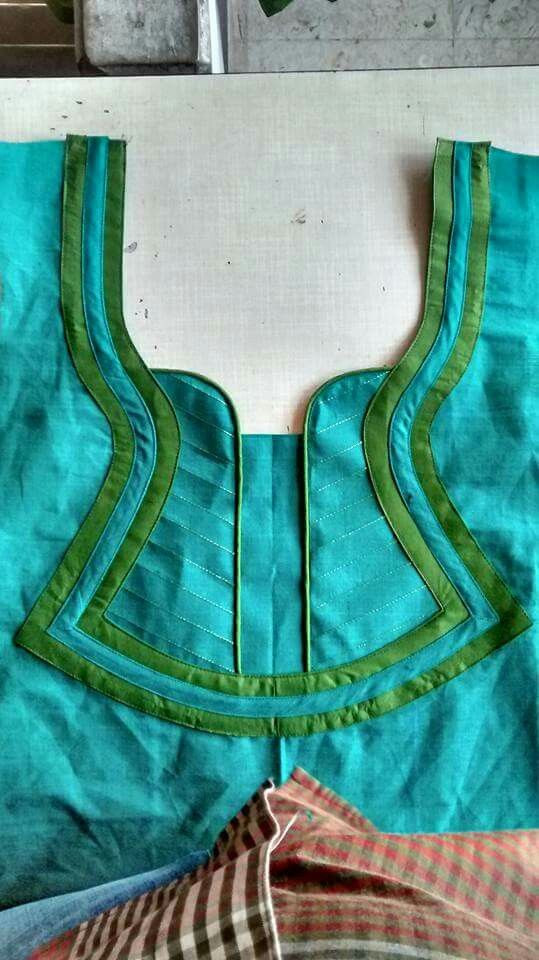
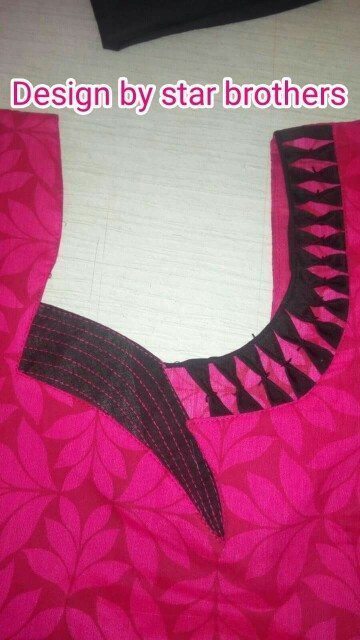 Design By: Star Brothers
Design By: Star Brothers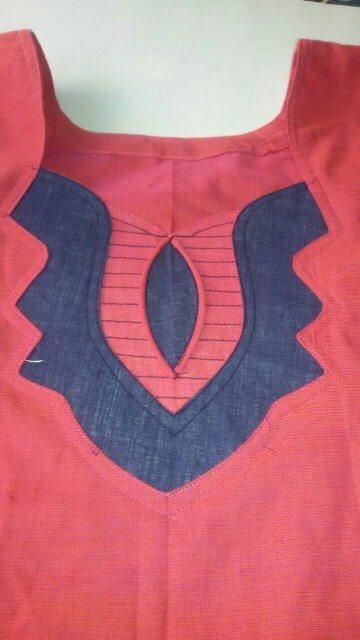


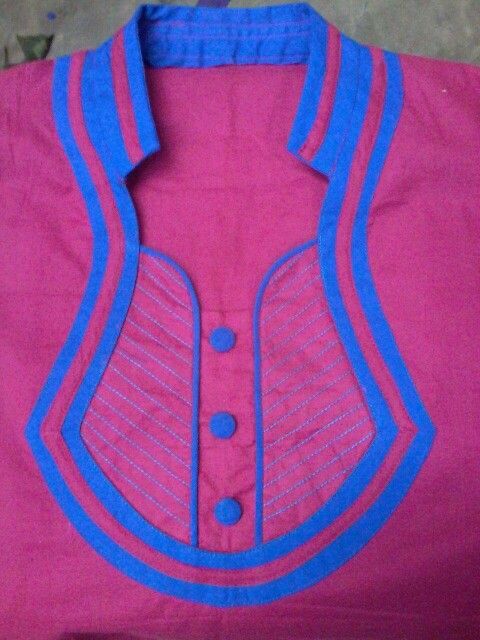

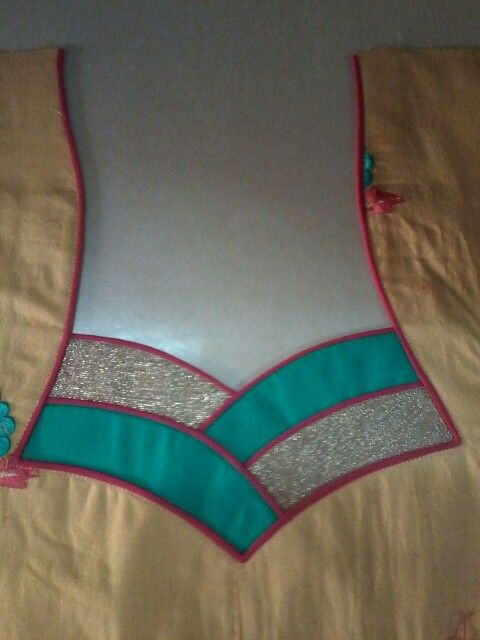
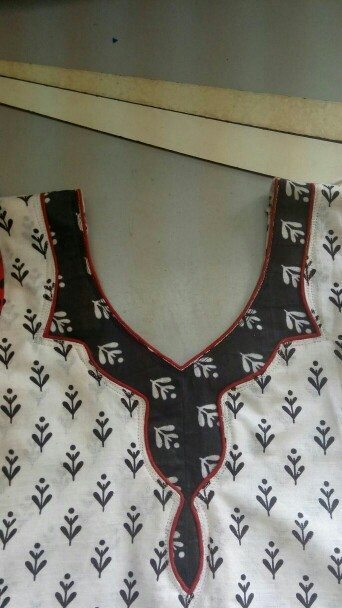
 Design By: Ishithaa
Design By: Ishithaa Design By: Star Brothers
Design By: Star Brothers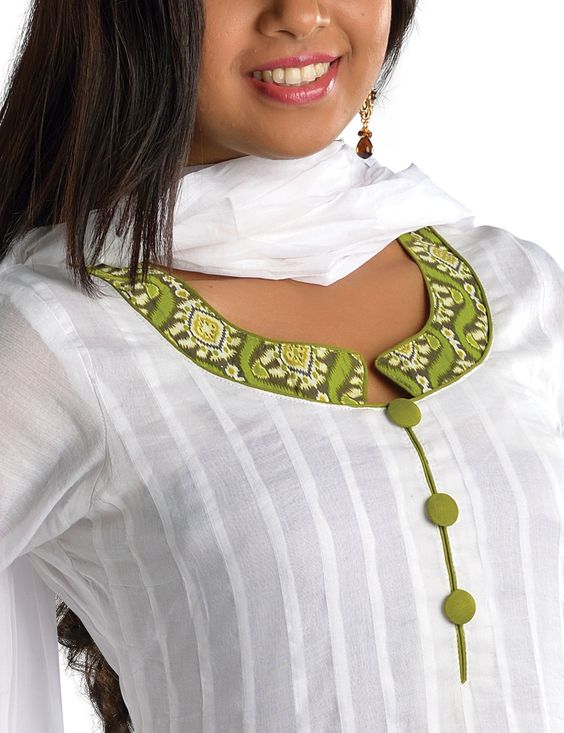
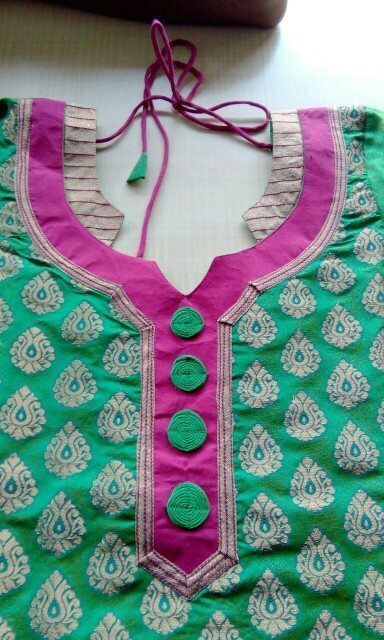

 Design By: Star Brothers
Design By: Star Brothers
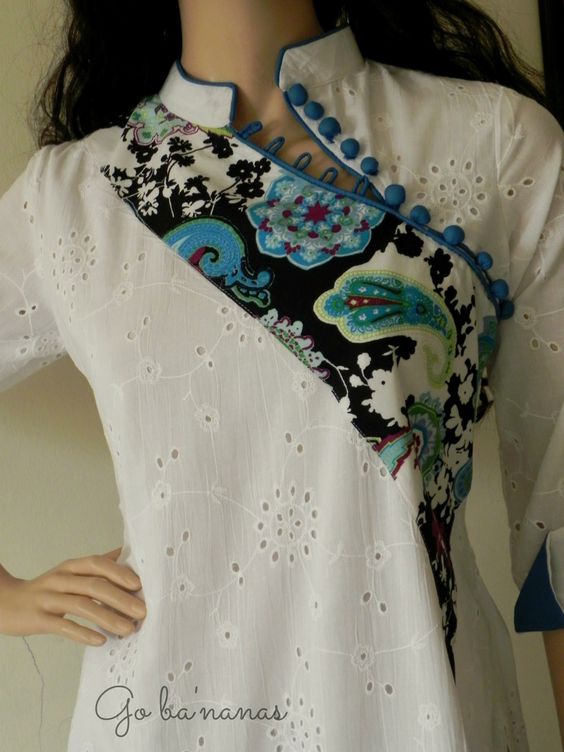
 Design By: Star Brothers
Design By: Star Brothers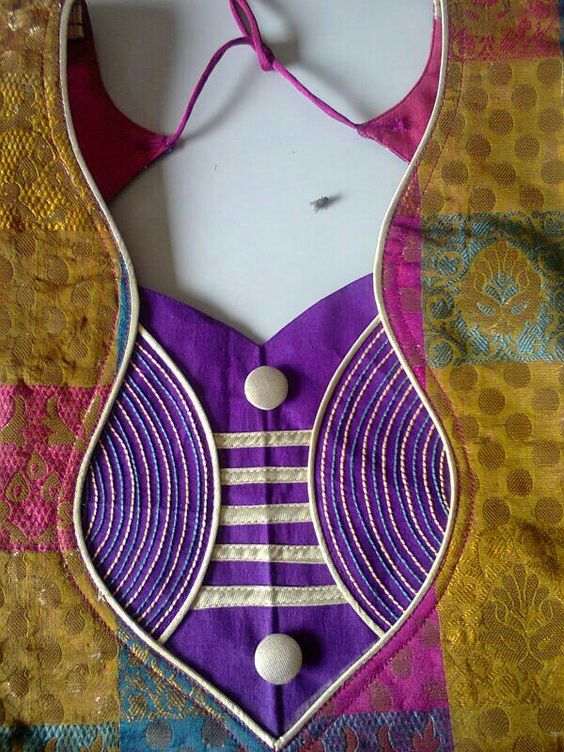
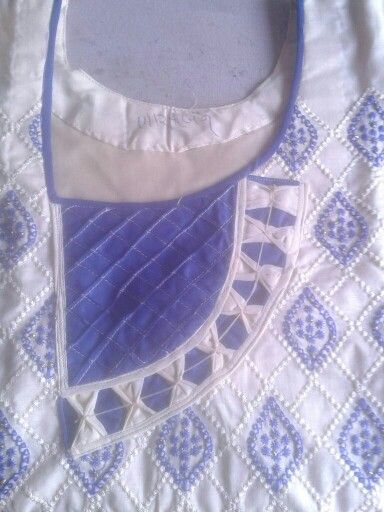

Sew A Summer Hat for Children
